We started the seeds on March 19th 2024
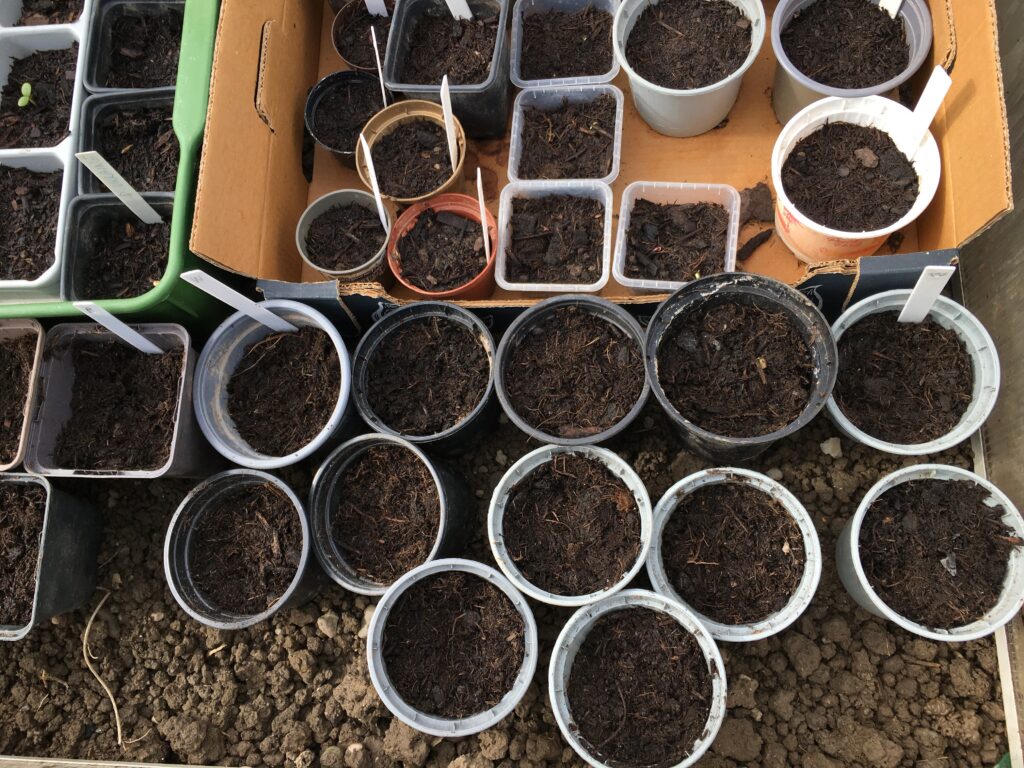
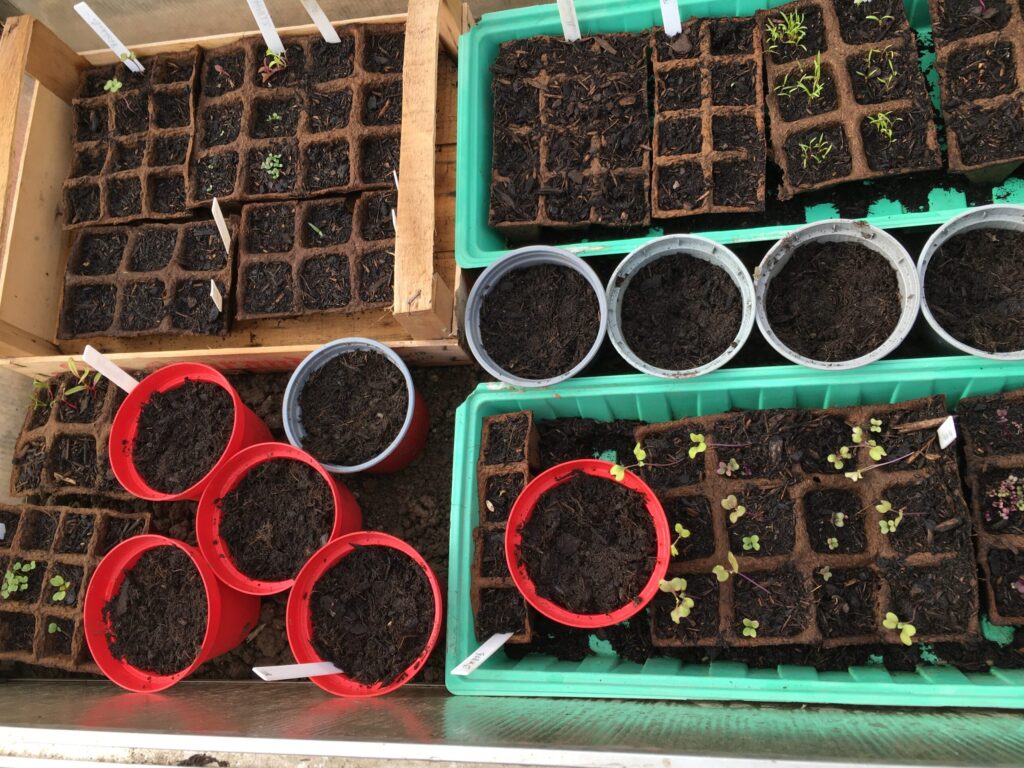
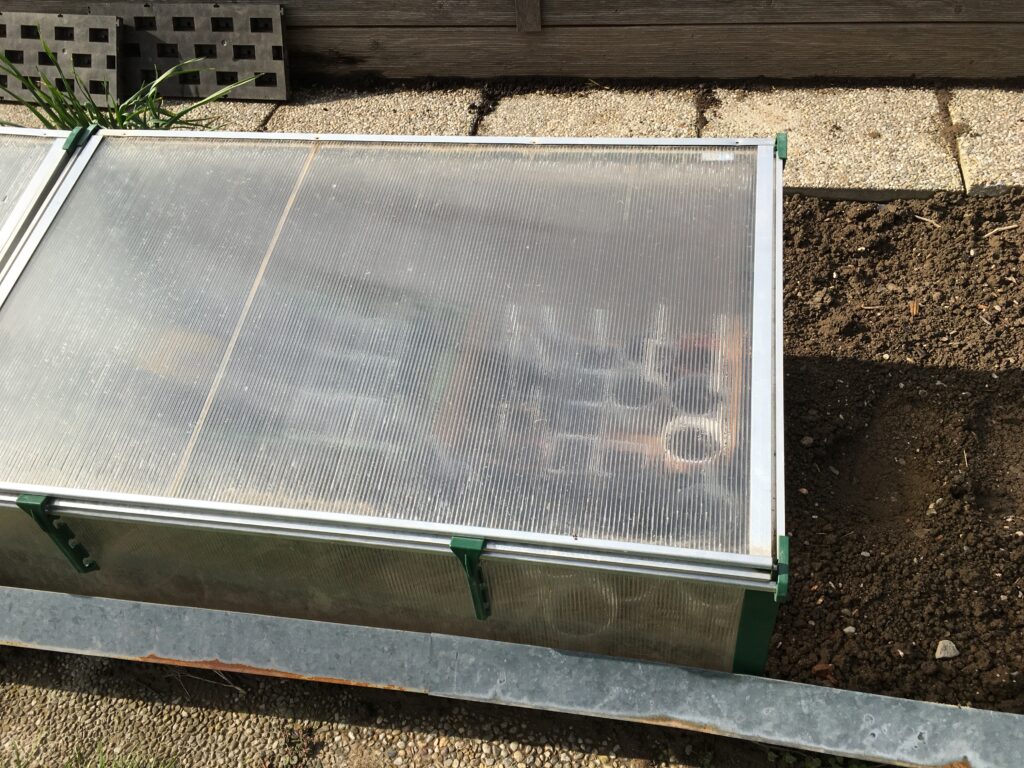
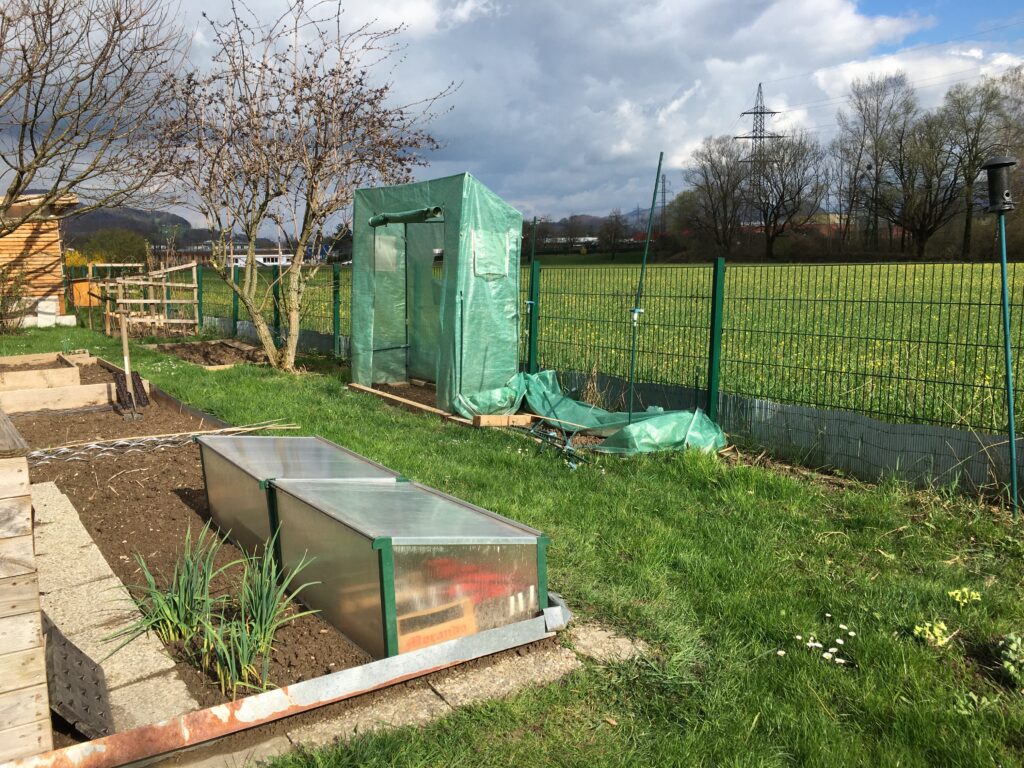
Some small leaves started to come out. The photos are from April 5th 2024.
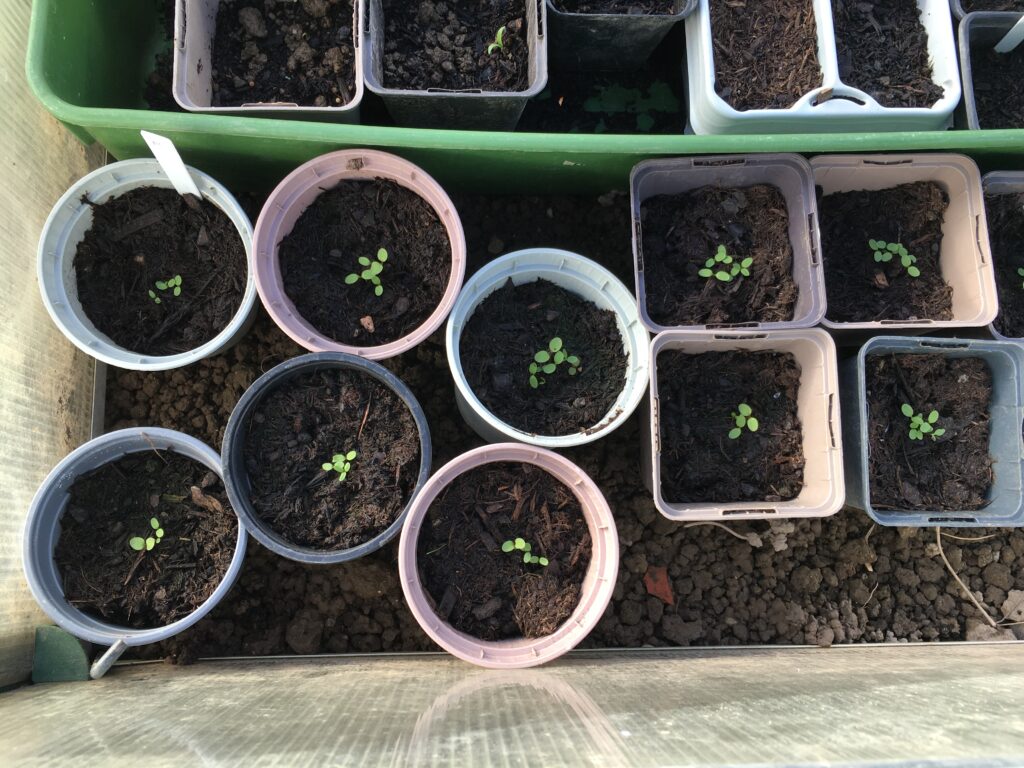
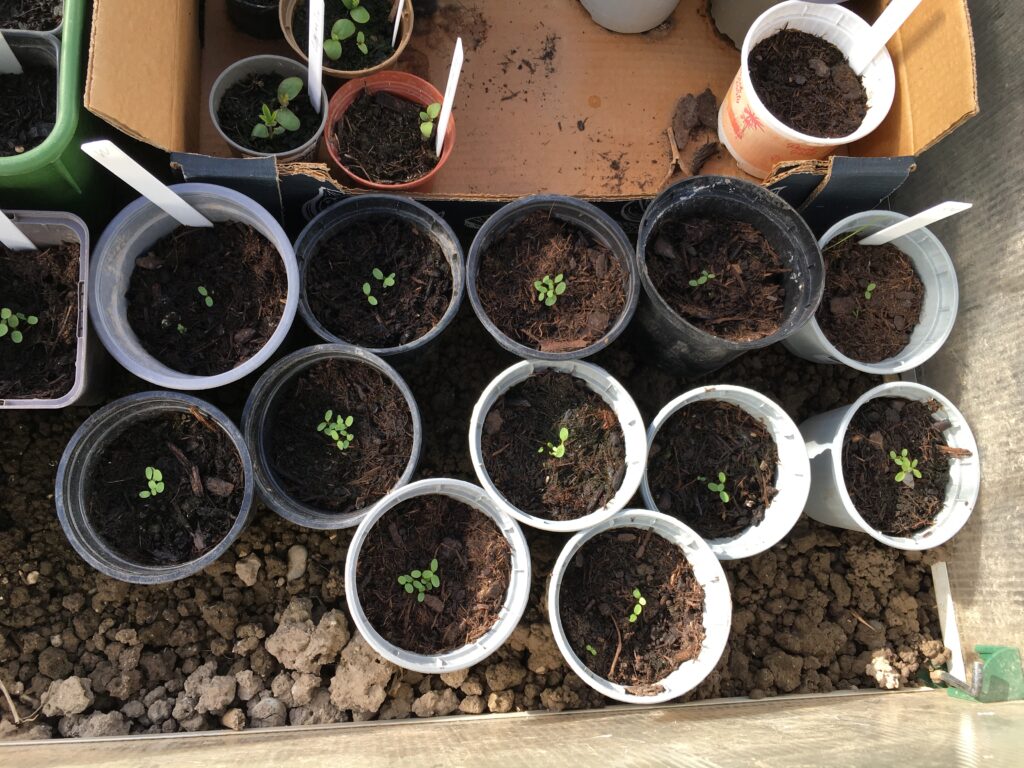
The above pots are seeded with W and R types from Museum in Tokushima. The below pots are the seeds from Furusho factory. They did not come out, except one pot with one plant… we are not sure if the seeds had problems (it could have been last year’s seed. The chances of germinating decreases drastically after 1 year for Persicaria seeds), or the green house had a problem as the other pots in the same green house also did not grow well. We planted more seeds (F) in the same pots and moved some of them to the “good” side of the green house.
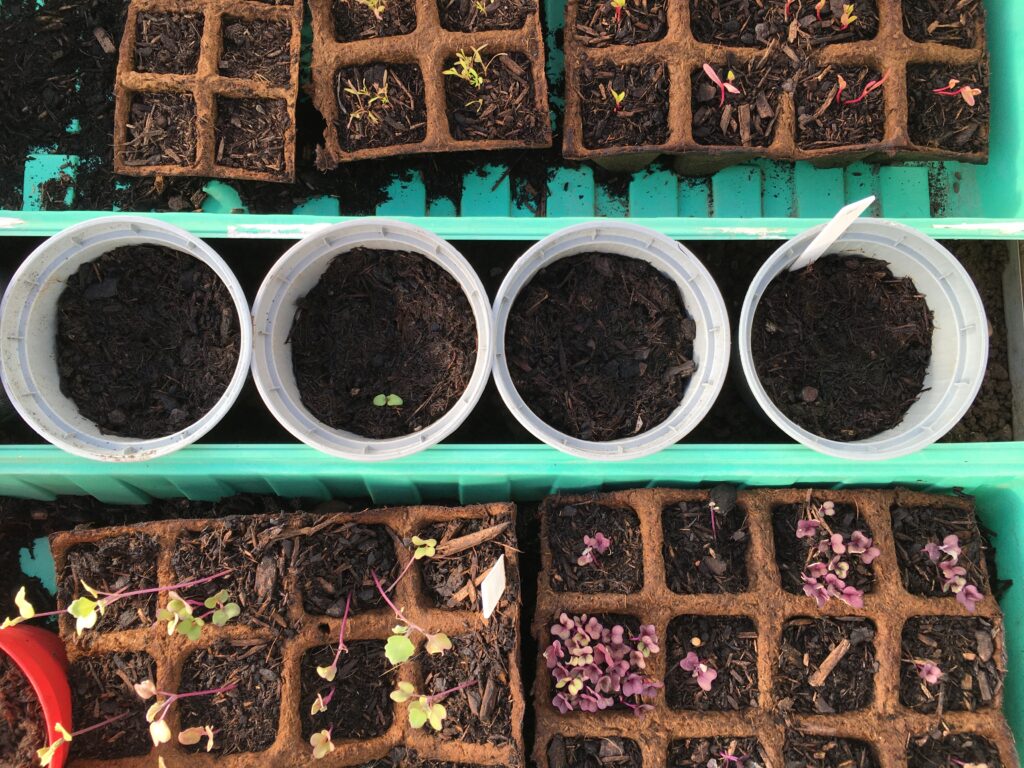
April 28, 2024
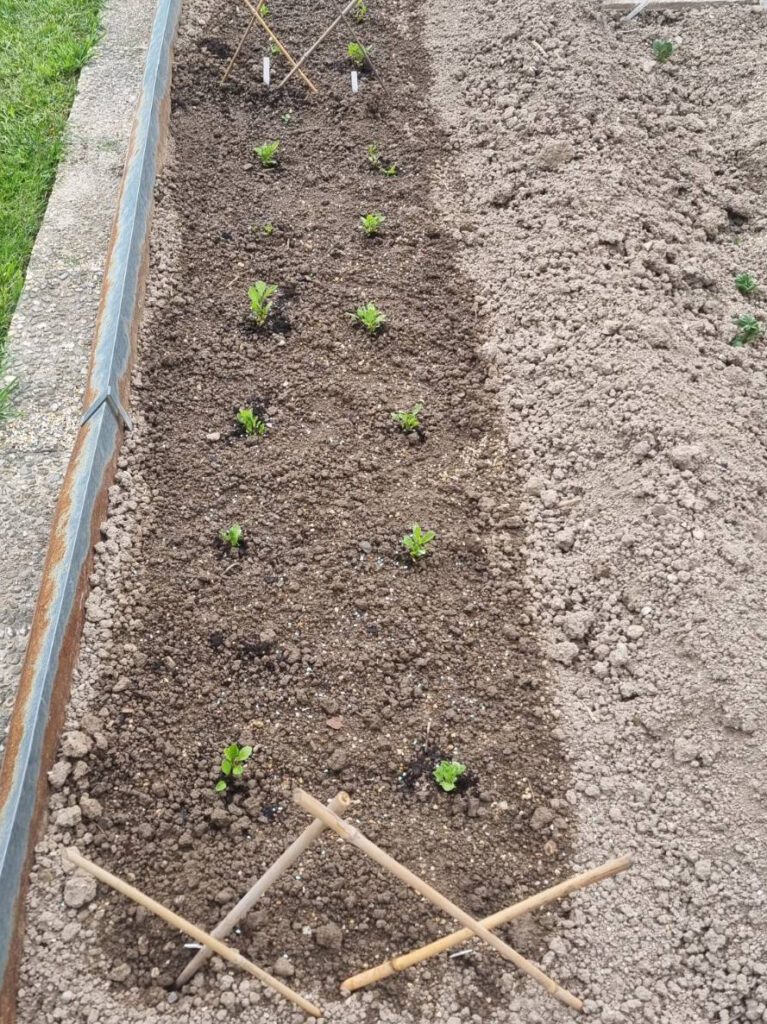
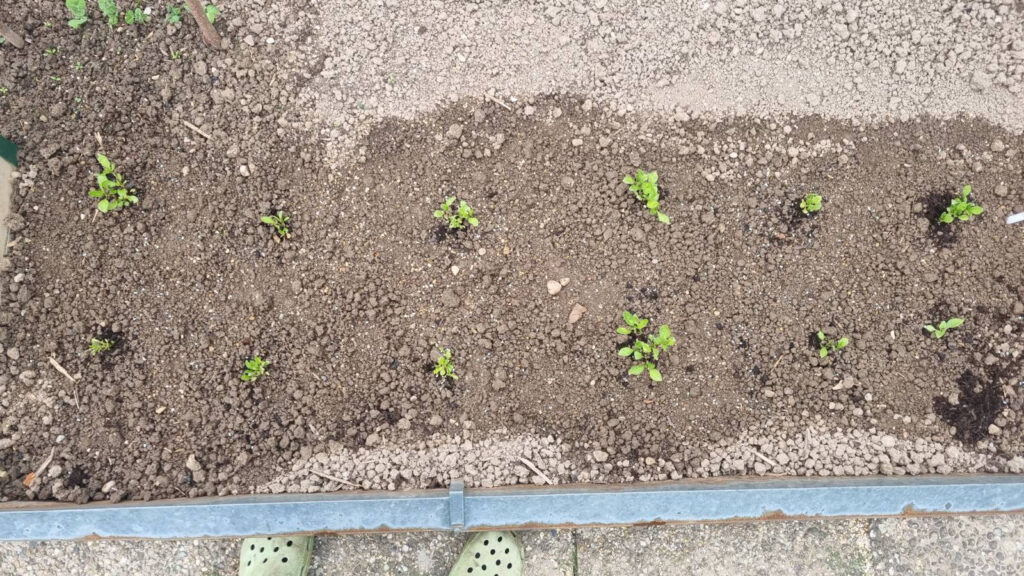
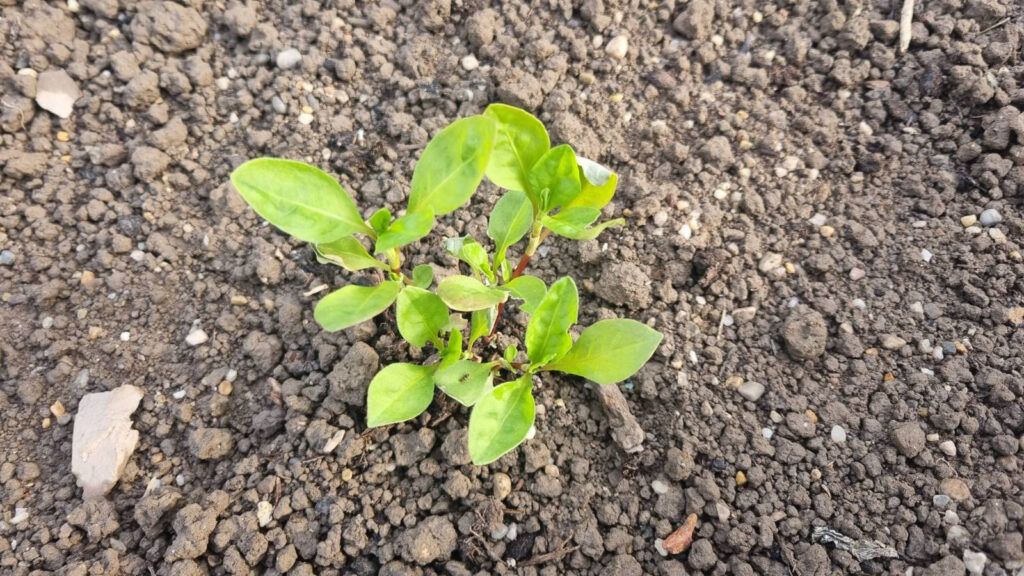
It is now transferred to the field. The last photo is from 2 days after the transfer. It is growing well so far.
May 22
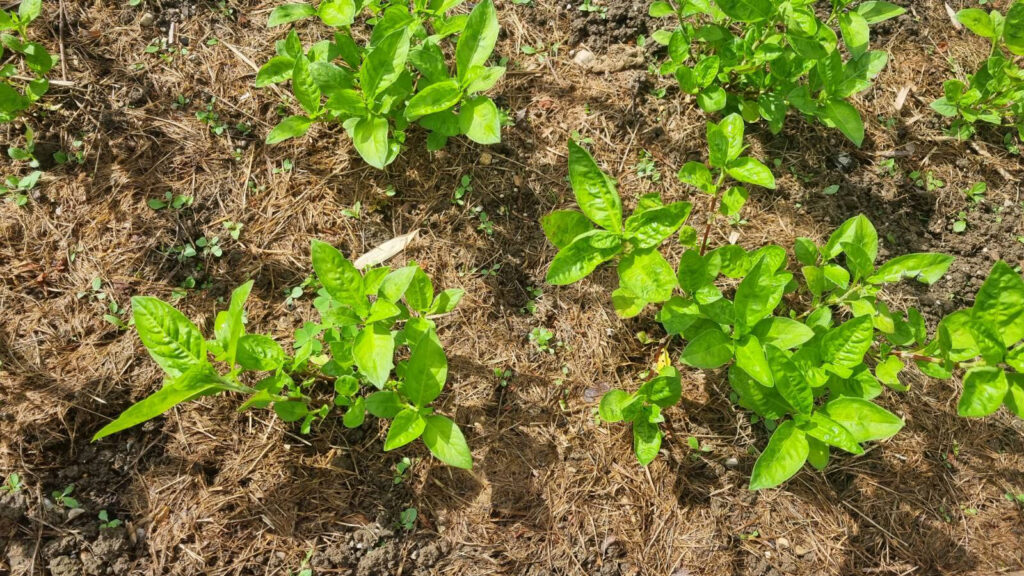
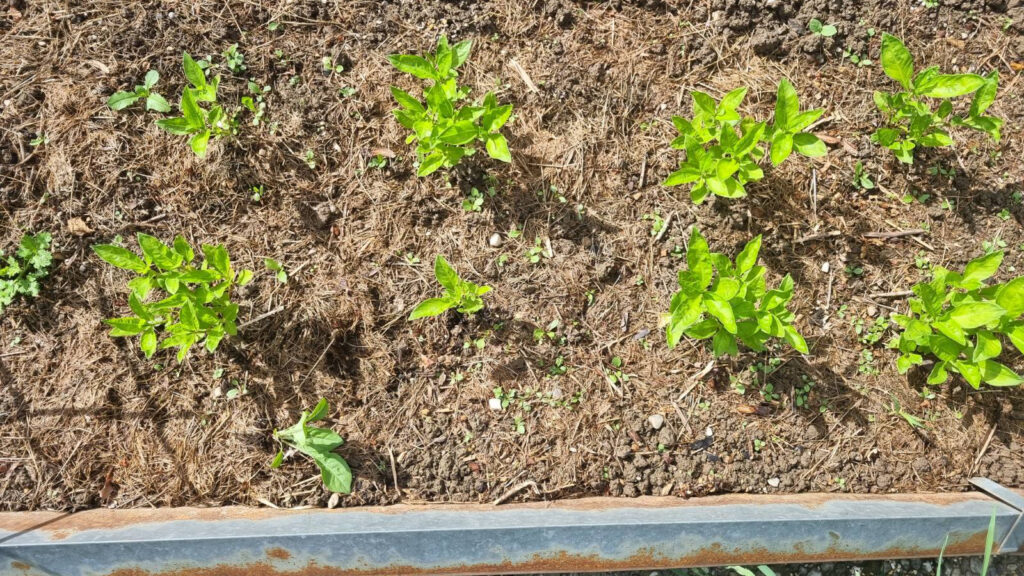
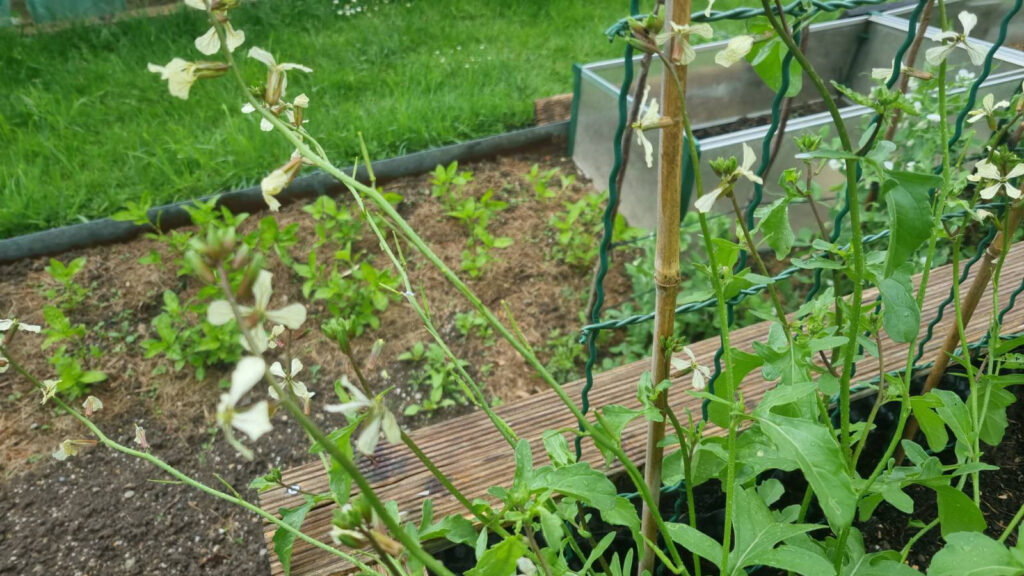
There has been a lot of rain in Salzburg. Indigo is doing good so far. The flower in front is Rucola.
25 June 2024
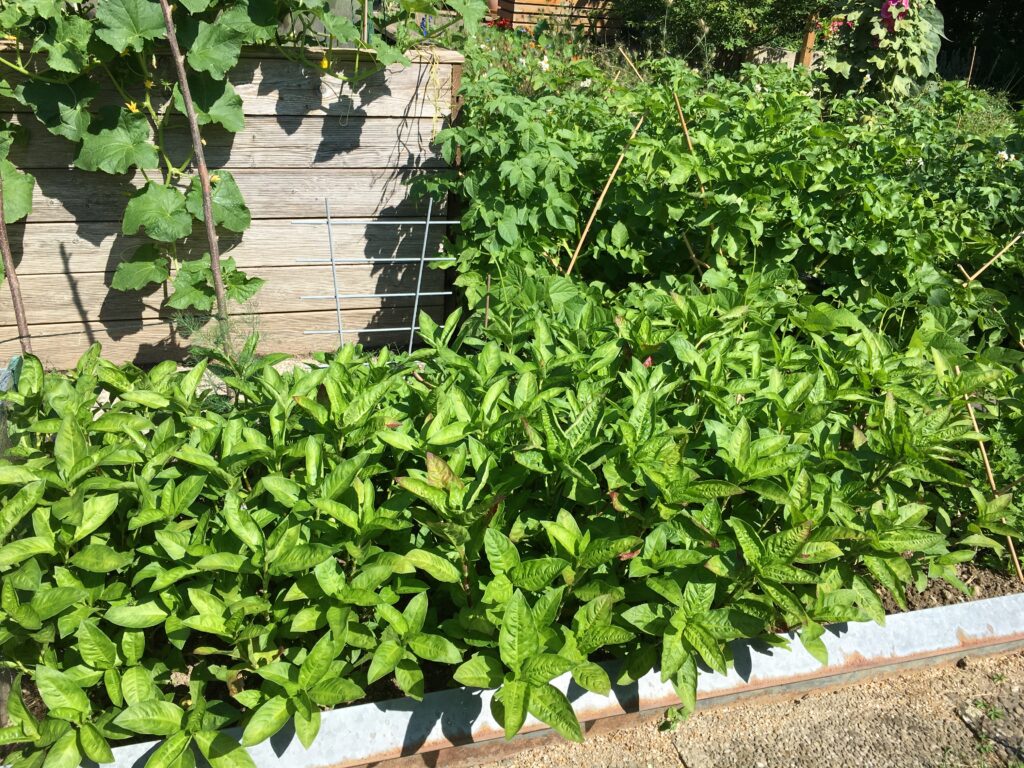
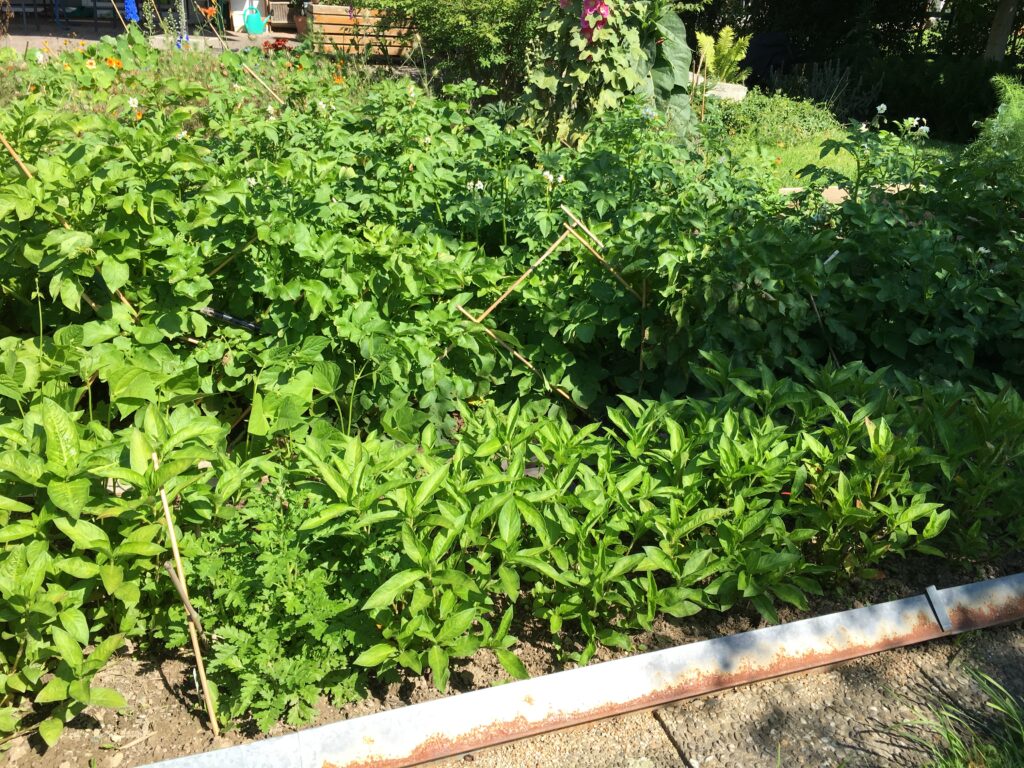
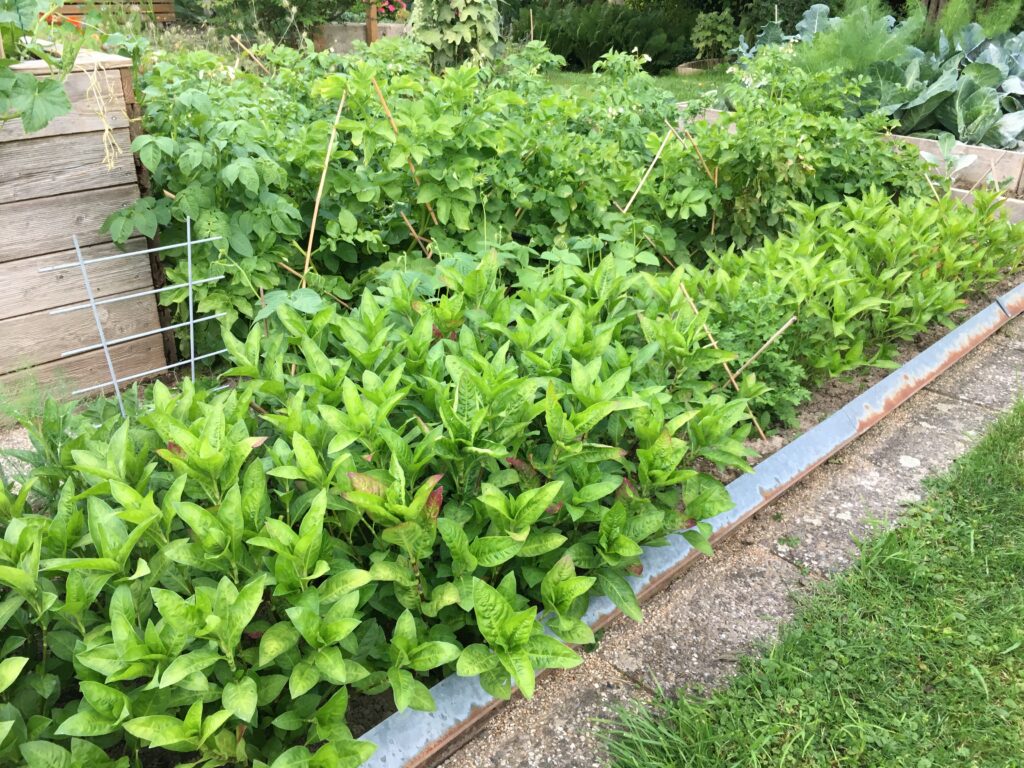
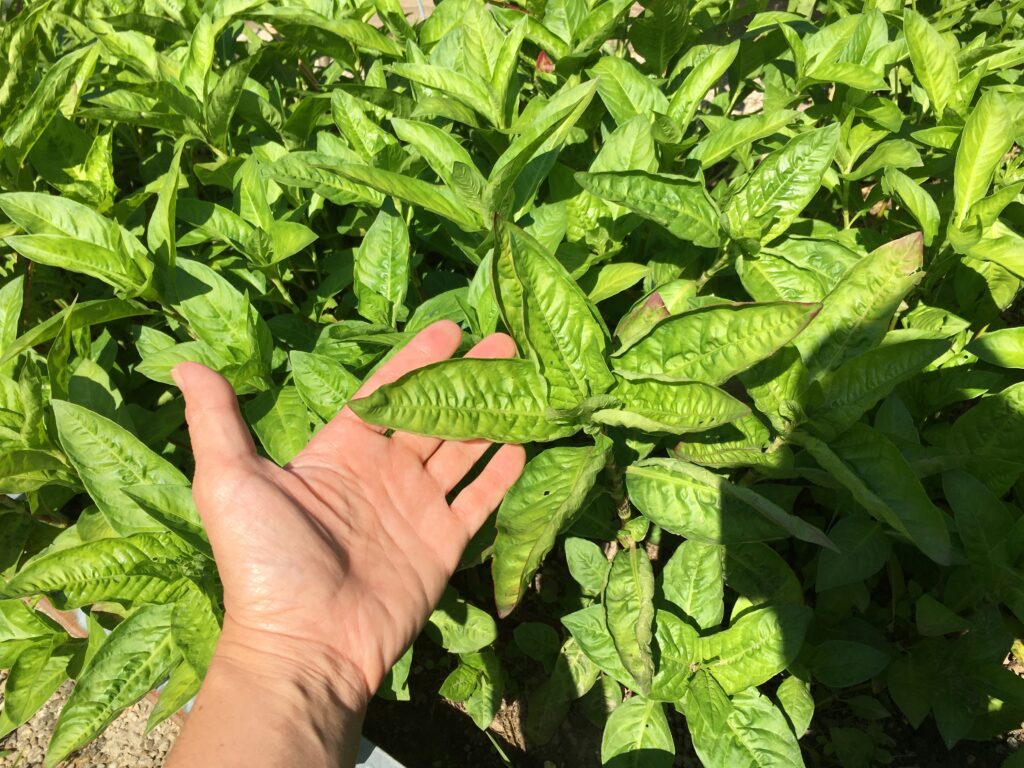
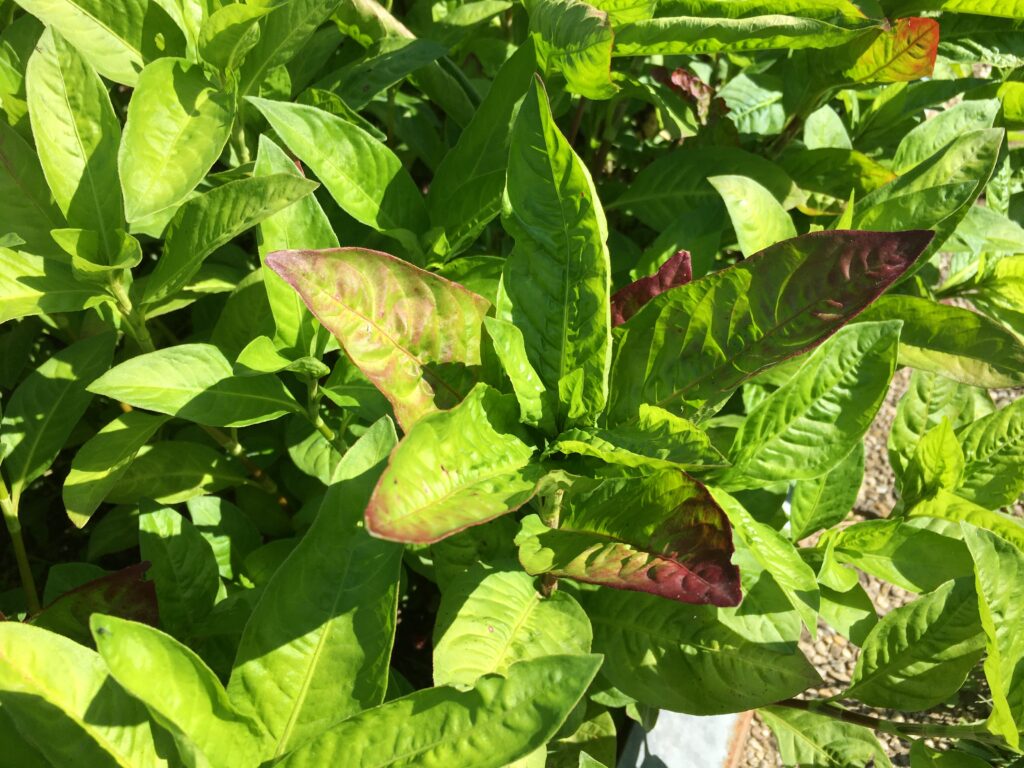
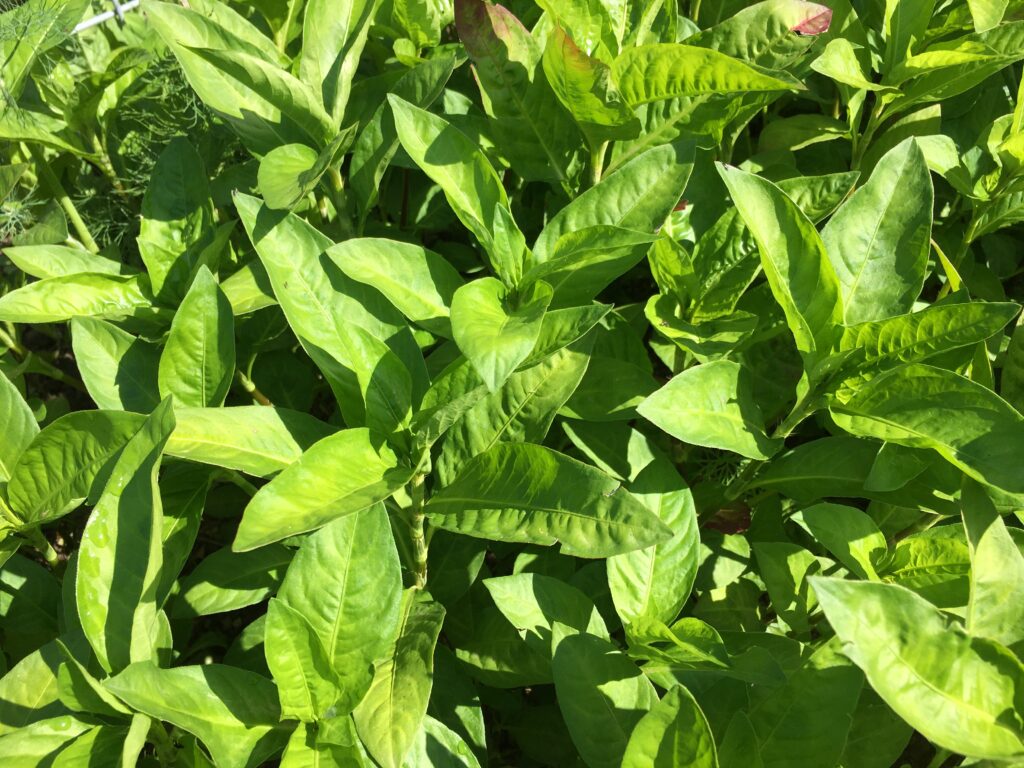
There are two types of indigo planted in Salzburg, and now you can see the big difference. It looks like “R” kind is doing much better. Maybe it suits the weather here better. They are planted as a part of vegetable garden and getting a very good care. It is about 30cm high now.
25 July 2024
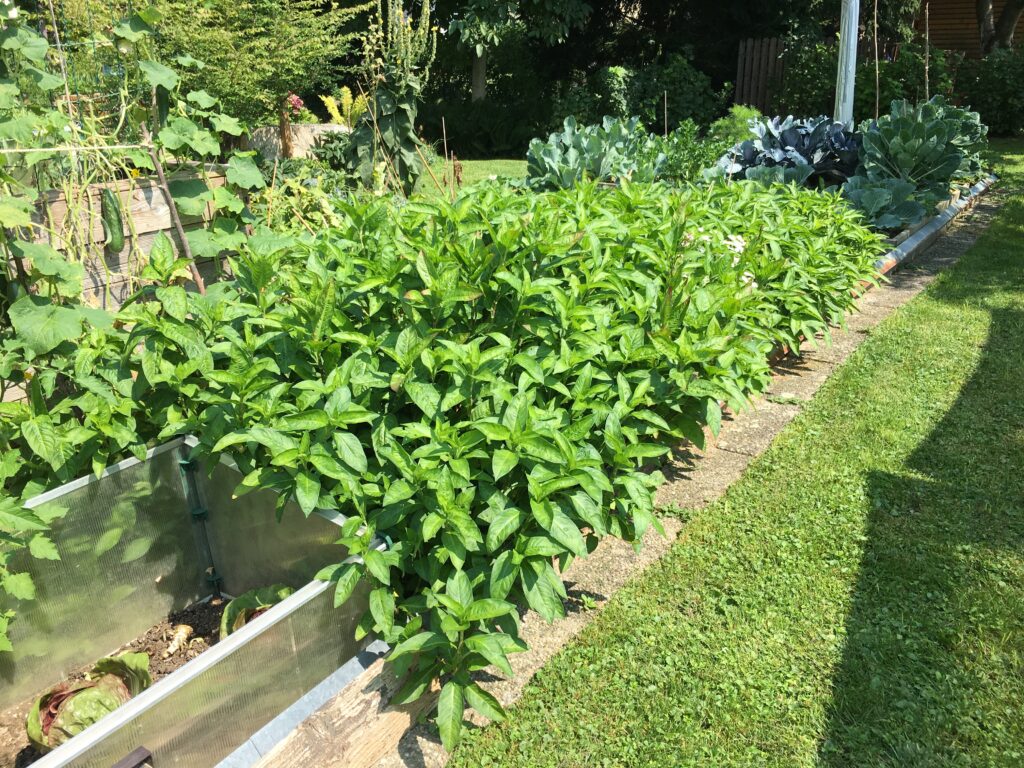
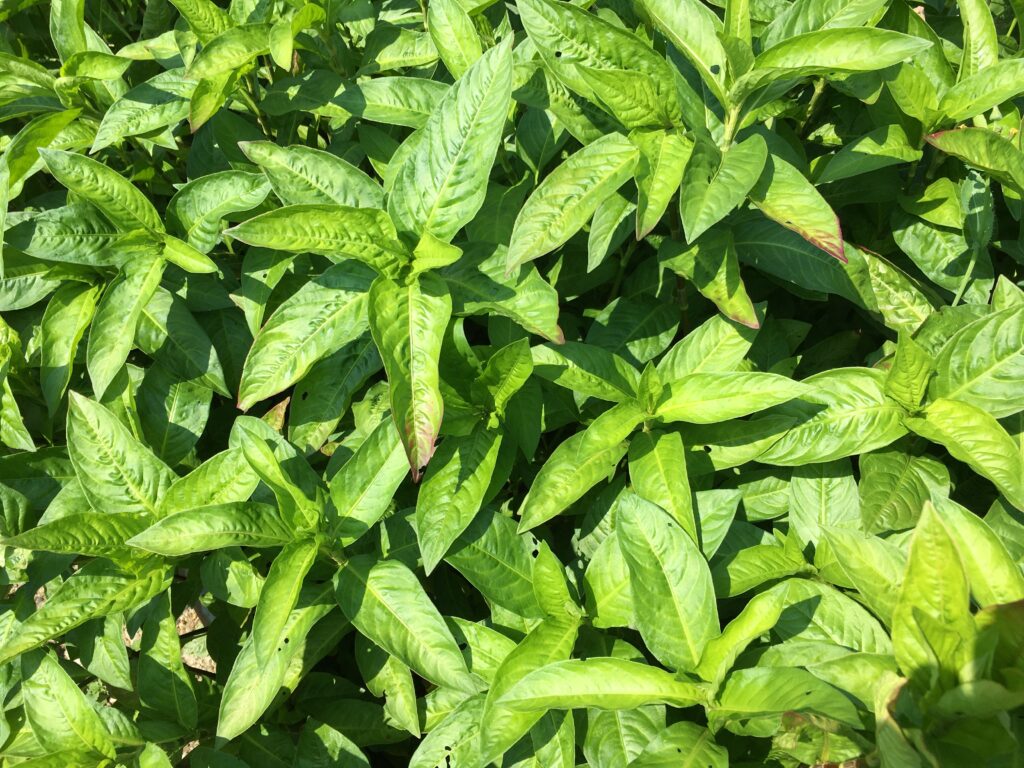
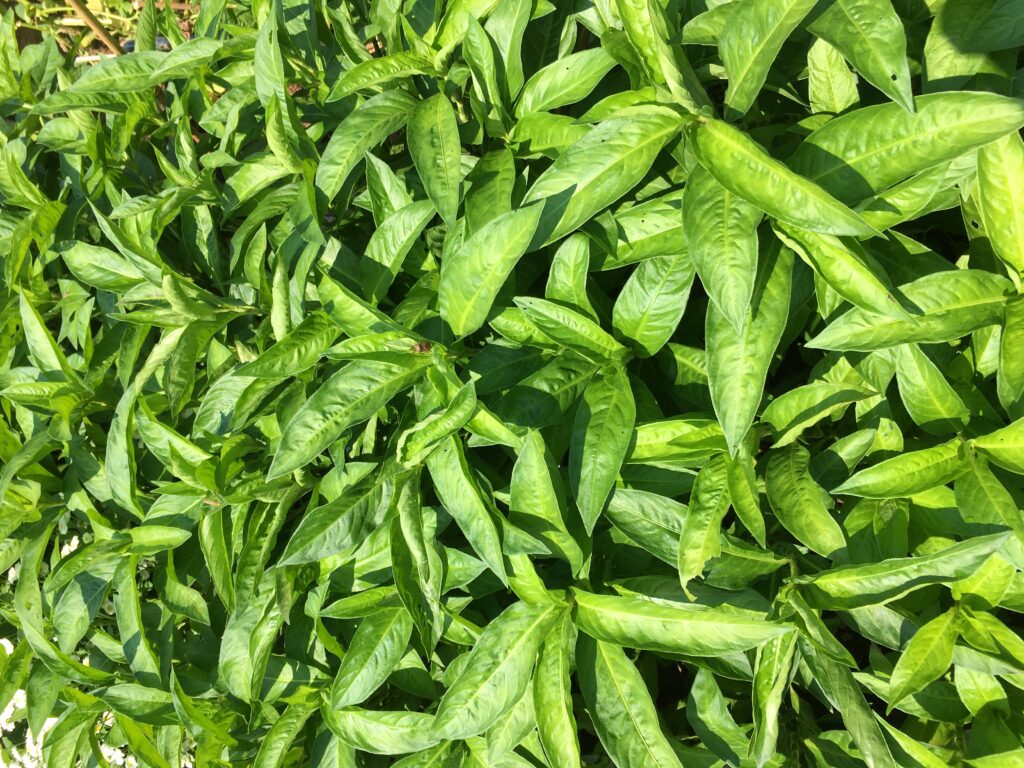
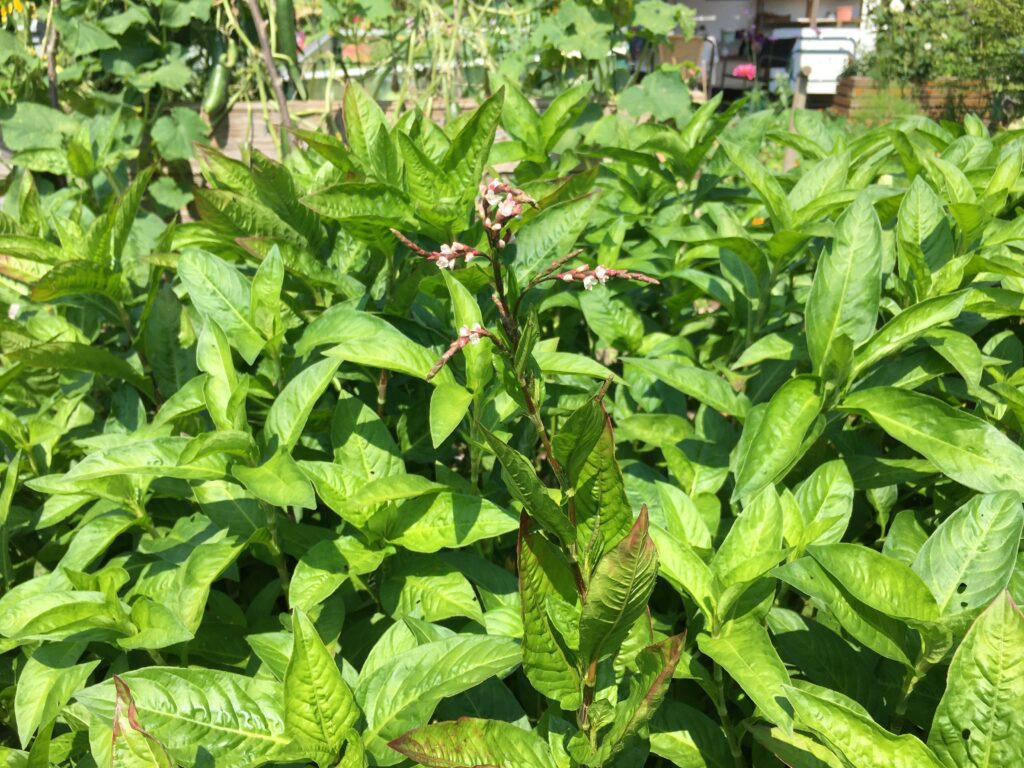
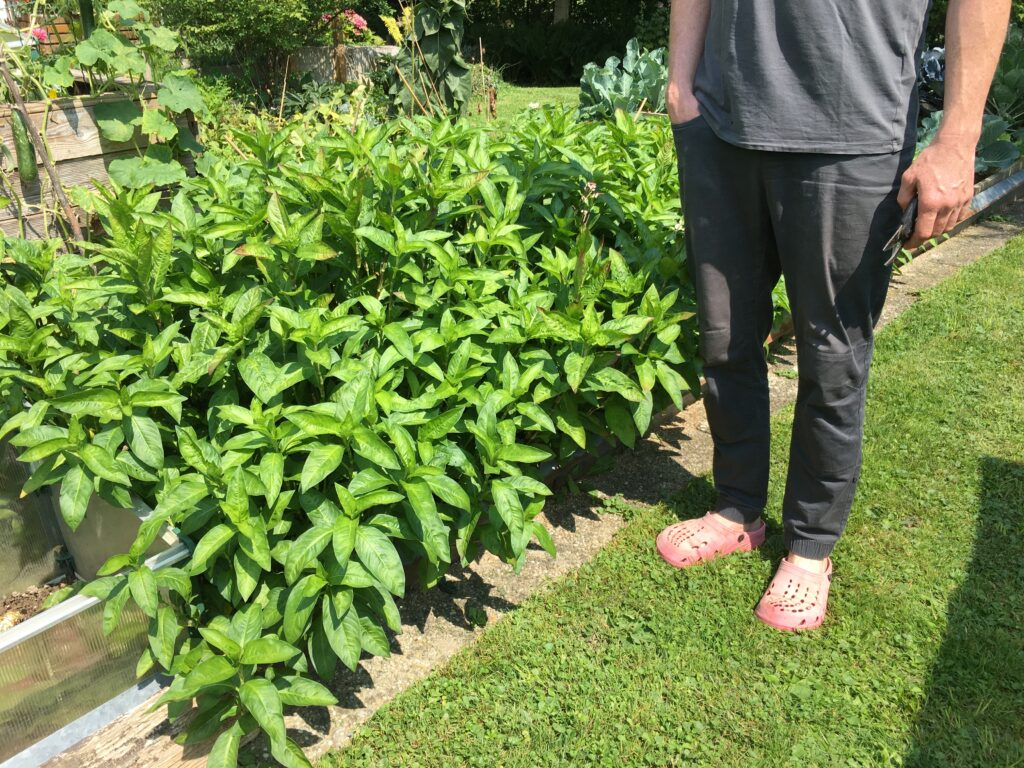
The plants in Salzburg is very big, passed knee height and is already blooming. ( just one!) We are harvesting it today.
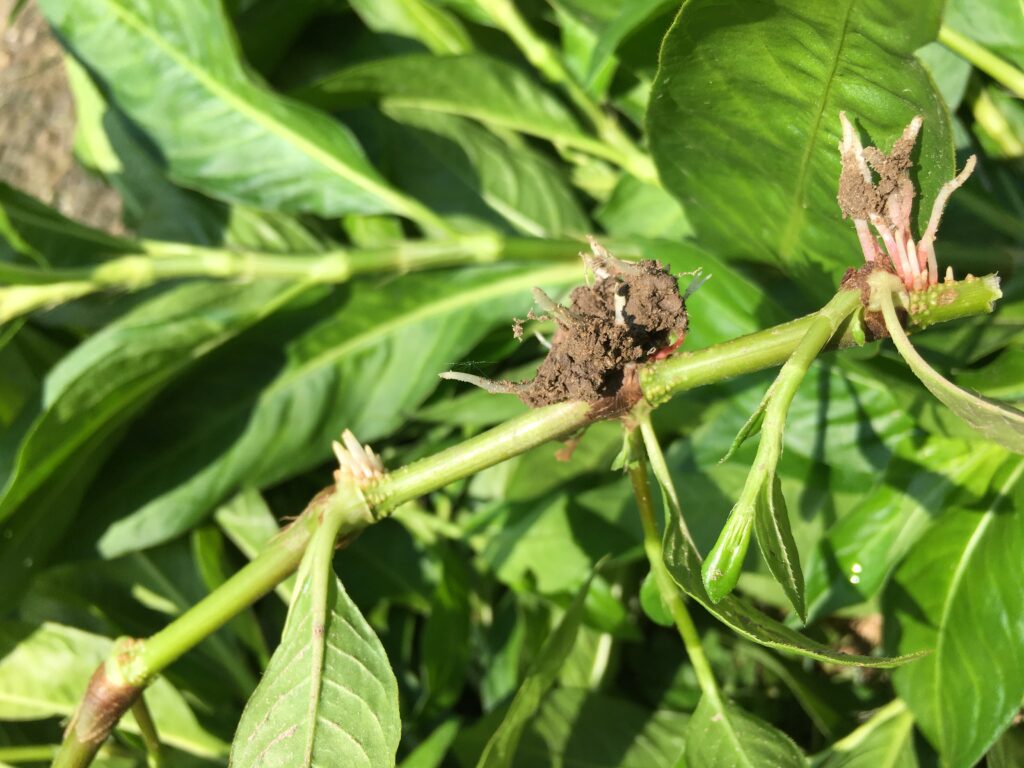
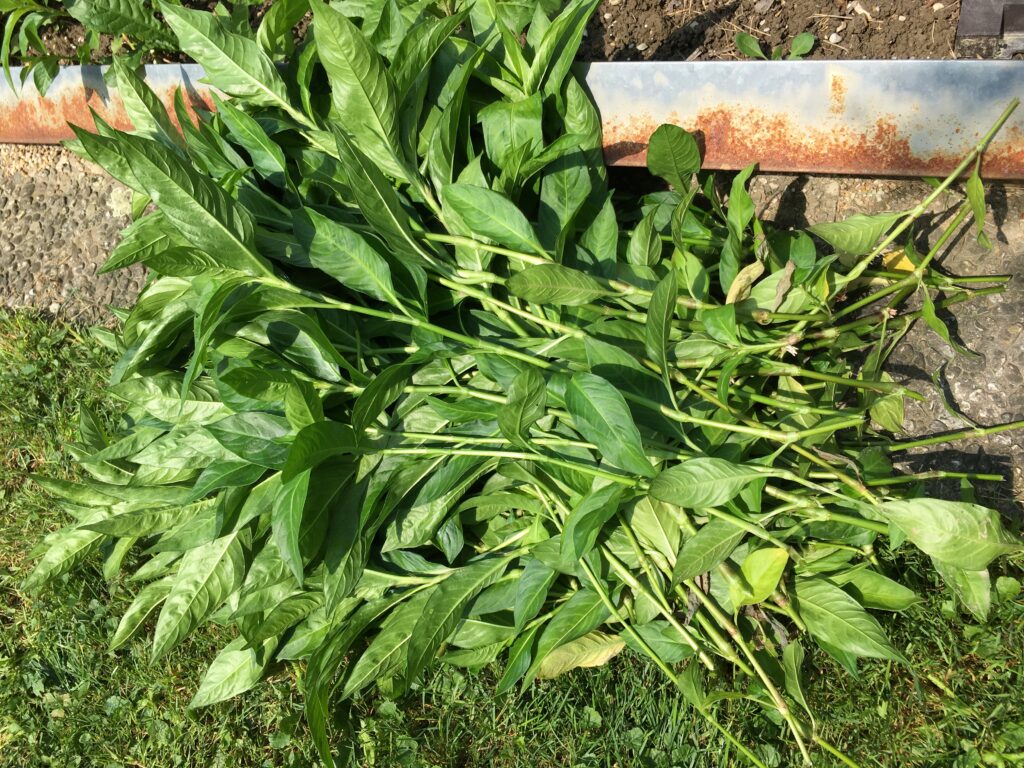
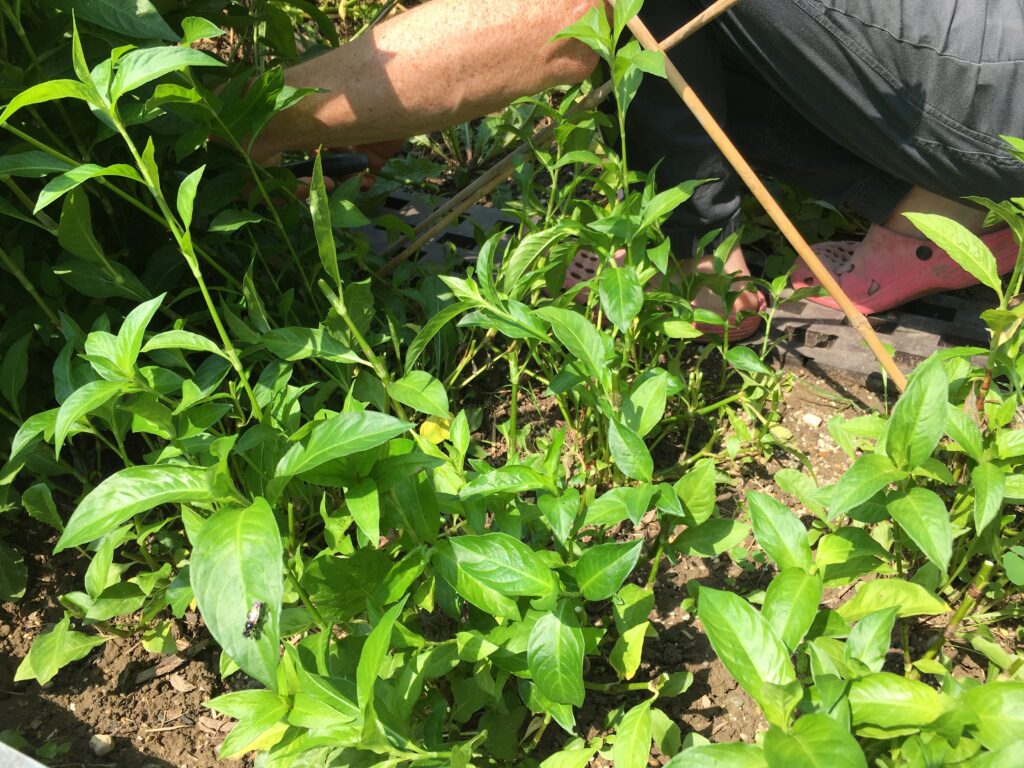
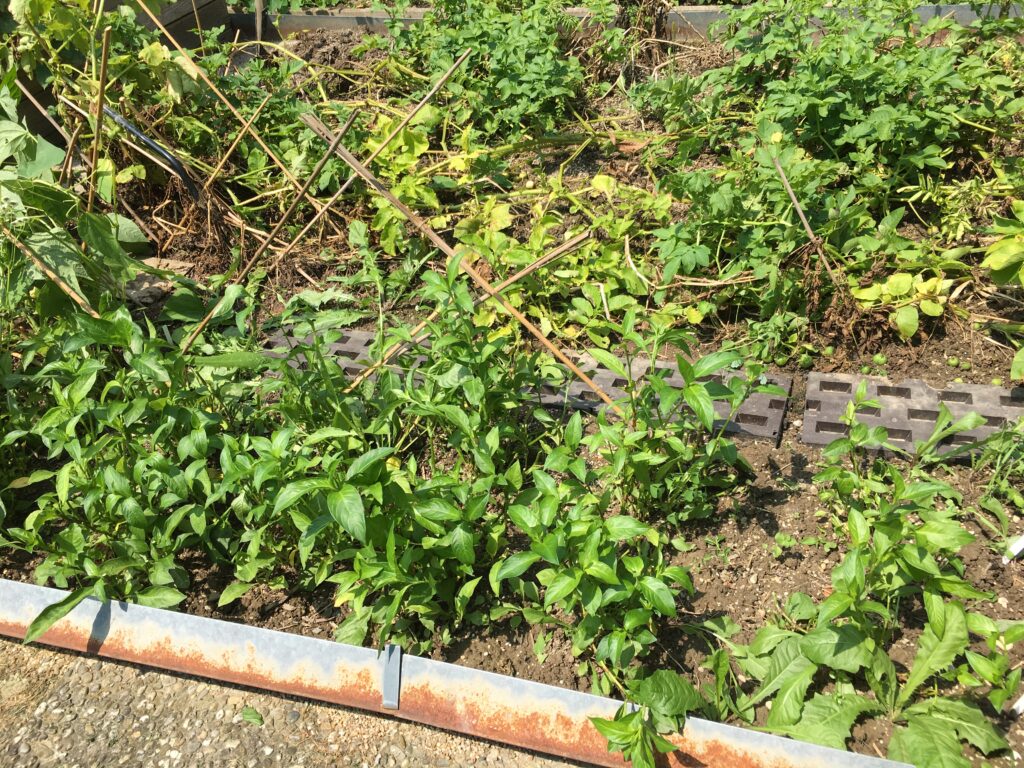
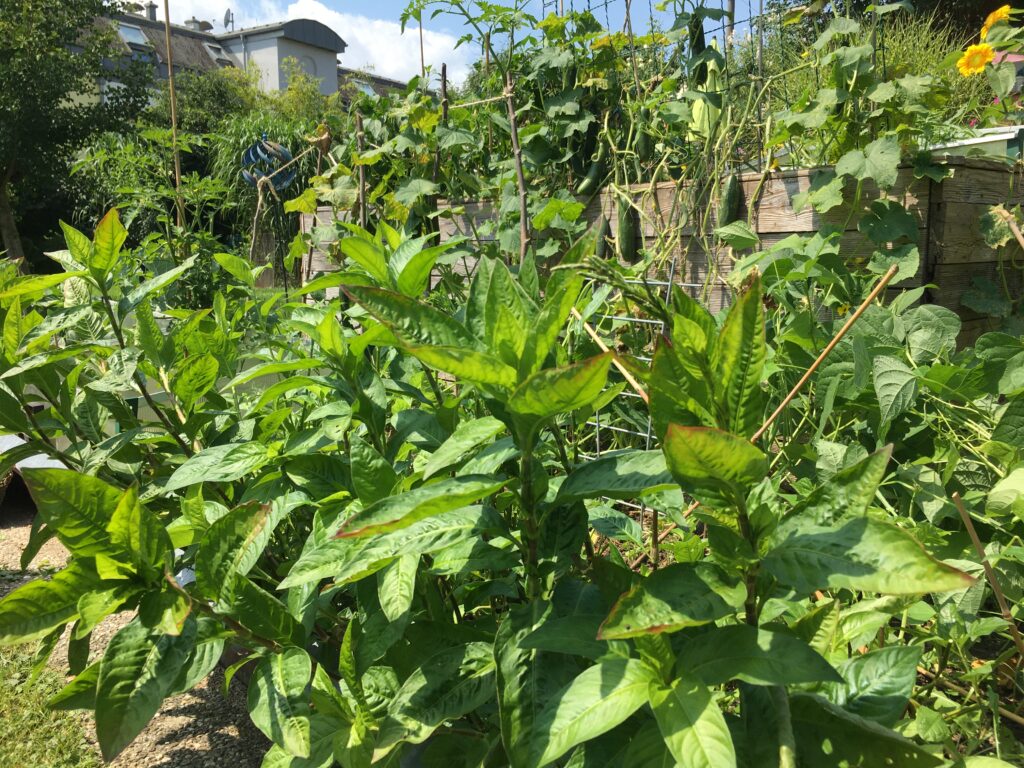
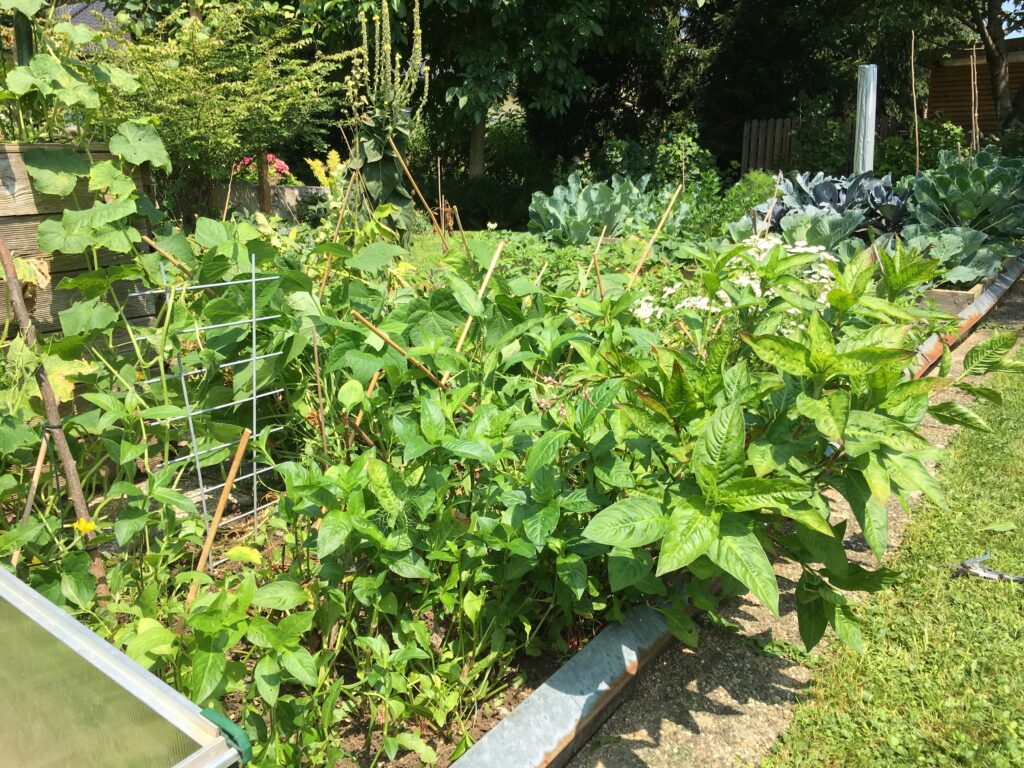
we trim it to ~10cm high, make sure to leave fresh leaves coming out to make new branches. We were surprised to see some new roots coming out directly from the branches. This plant can spread on the side ways like this. The leaves looks very healthy and unlike the ones on the balcony in Berlin, there are very little yellow or dead leaves inside. We left the flowering part so it can make seeds.
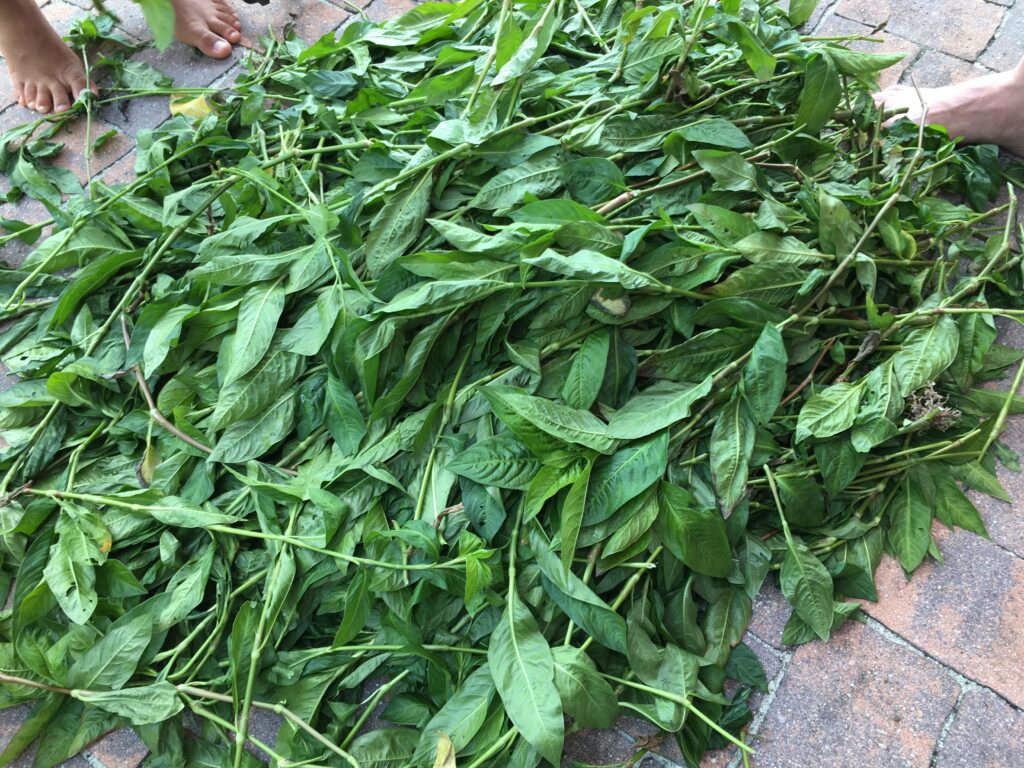
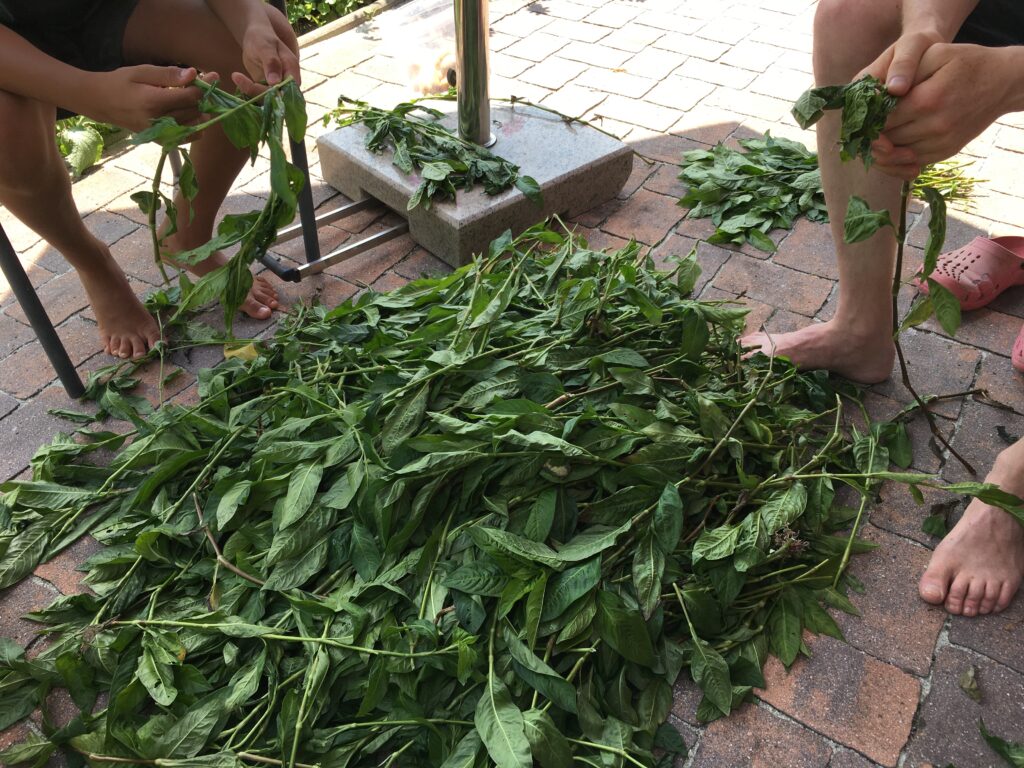
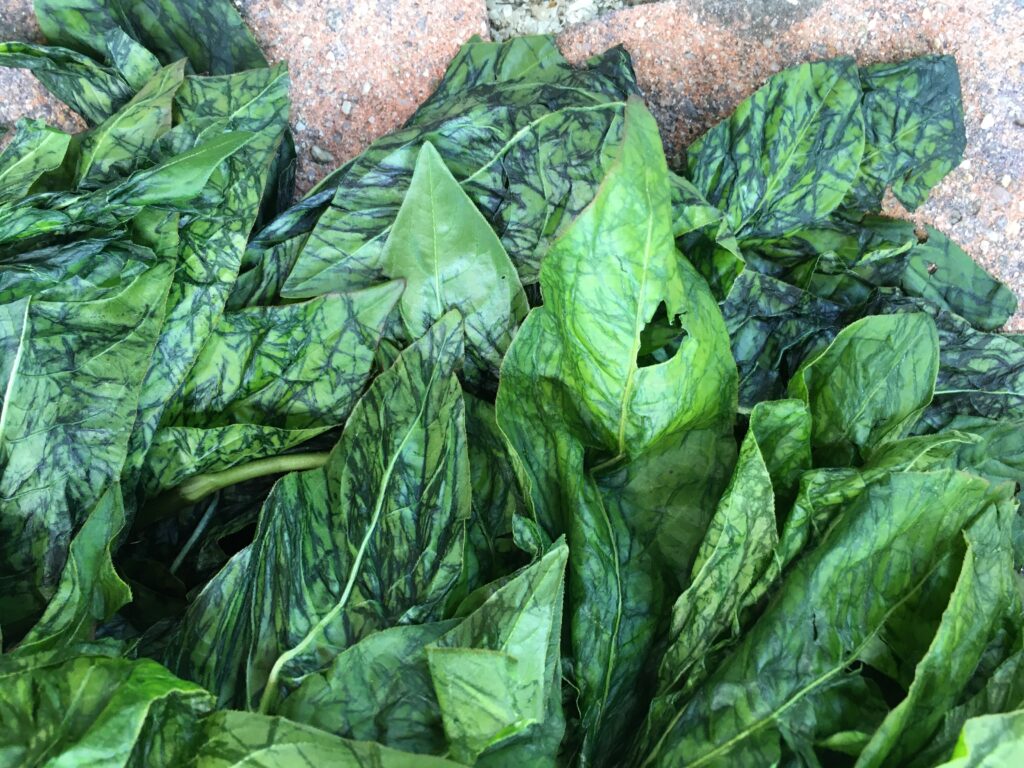
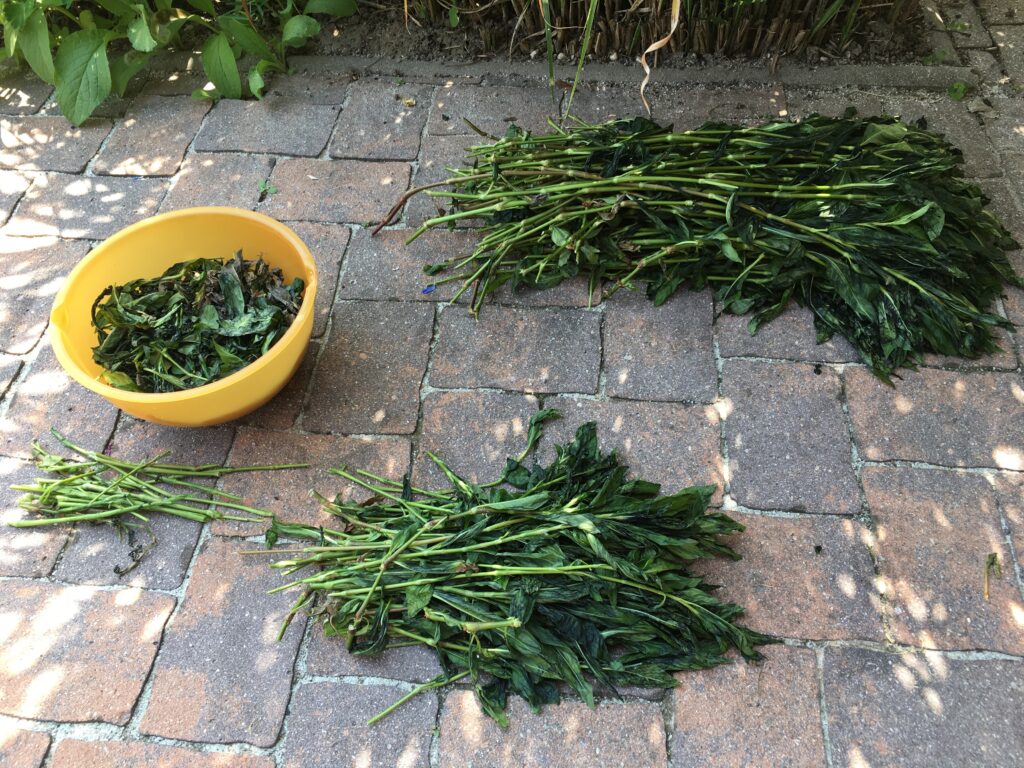
The harvest looks quite big now. we rolled/massaged the leaves one branch by on branch to let the enzyme in the leaves to come out and form the indican inside the leaves. Normally in Japanese indigo harvesting process, they cut the fresh leaves and dry it on the ground. I suspect by cutting, the plants releases the enzyme. As we do not have space to dry the chopped leaves, we use this massage method I saw in video from one of the Indigo maker in Japan. after few minutes, you can already see the leaves turning blue.
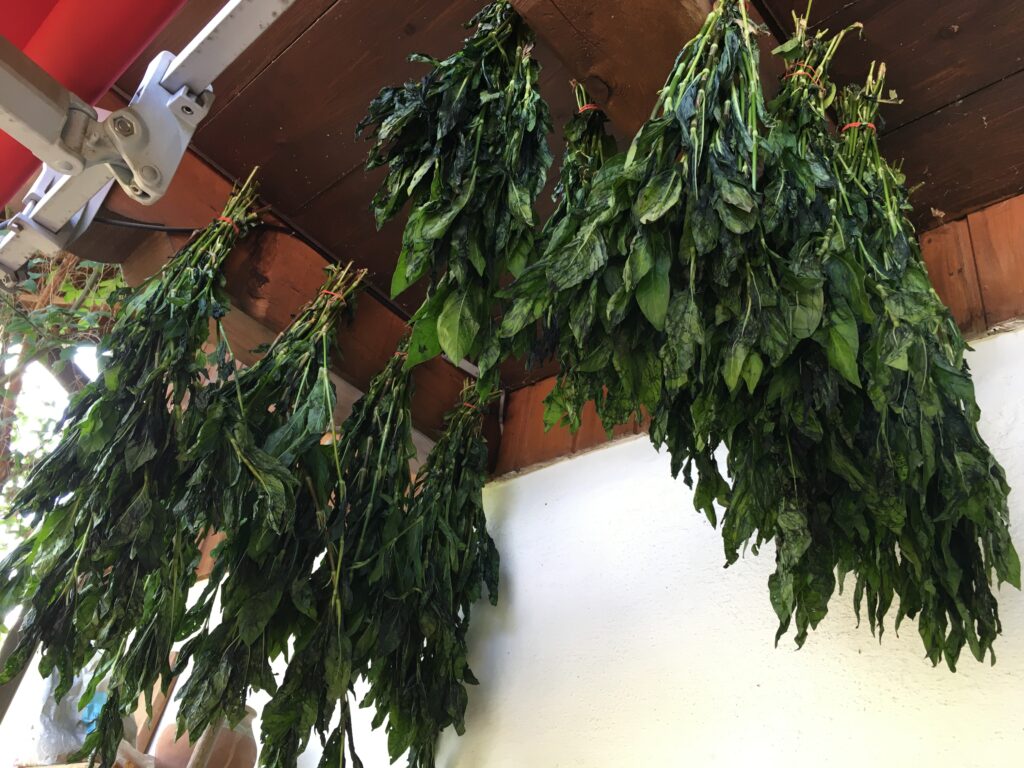
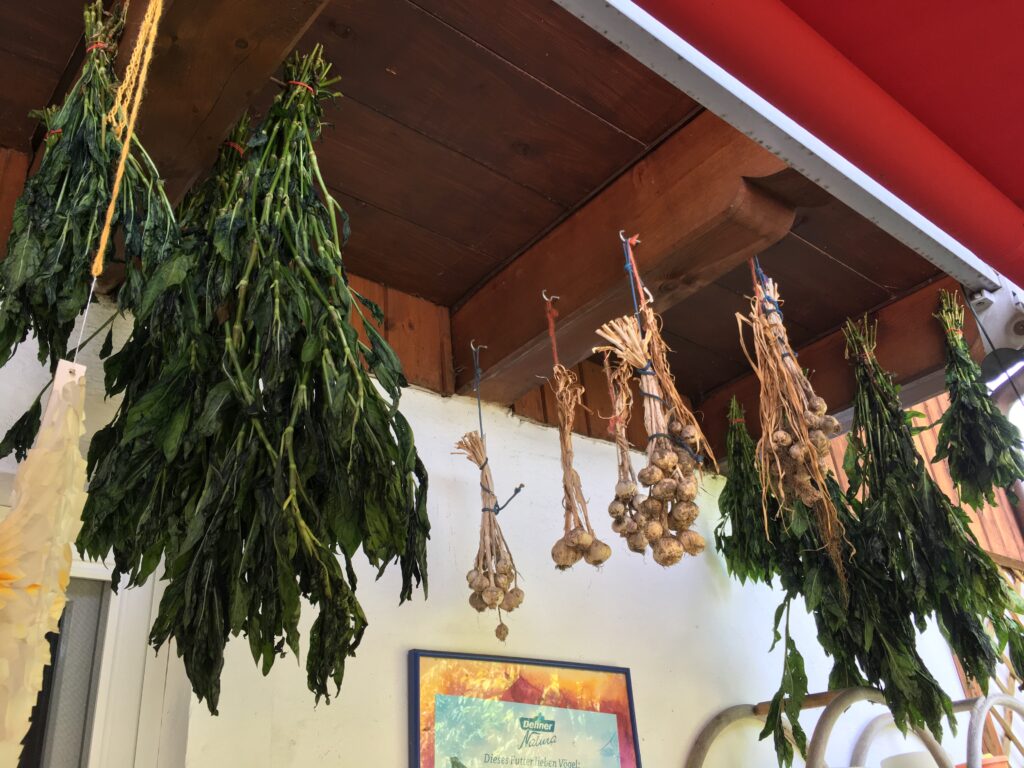
Then we made small bundles and hang to dry. It should dry in few days in this summary weather.
11 August, 2024
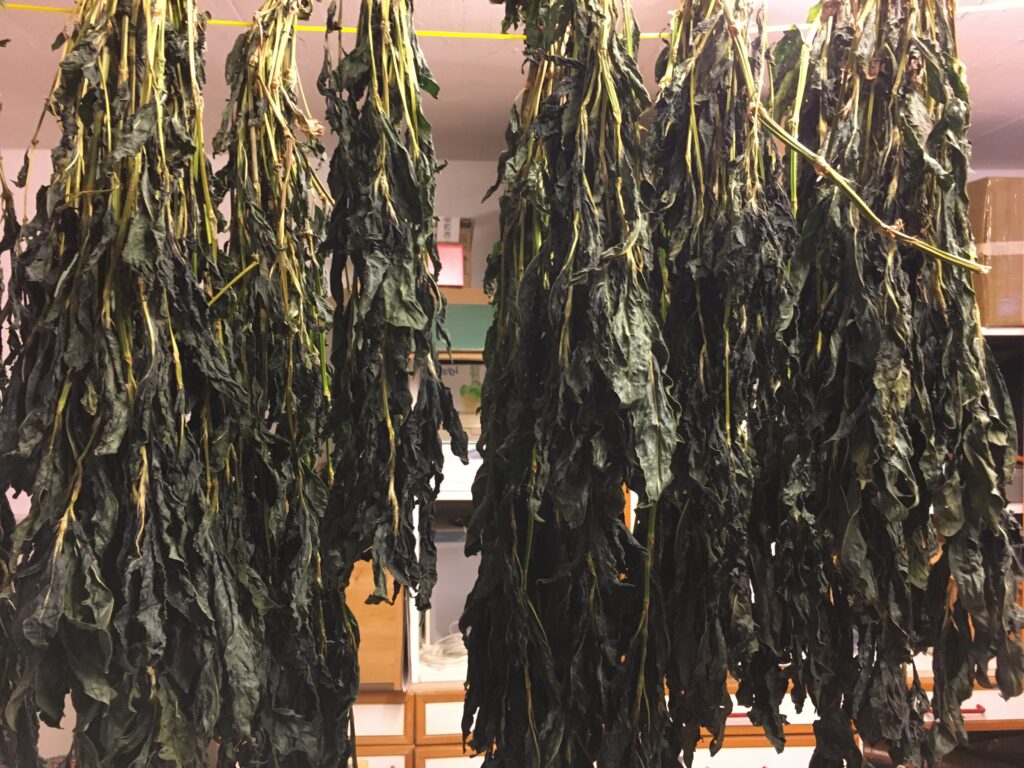
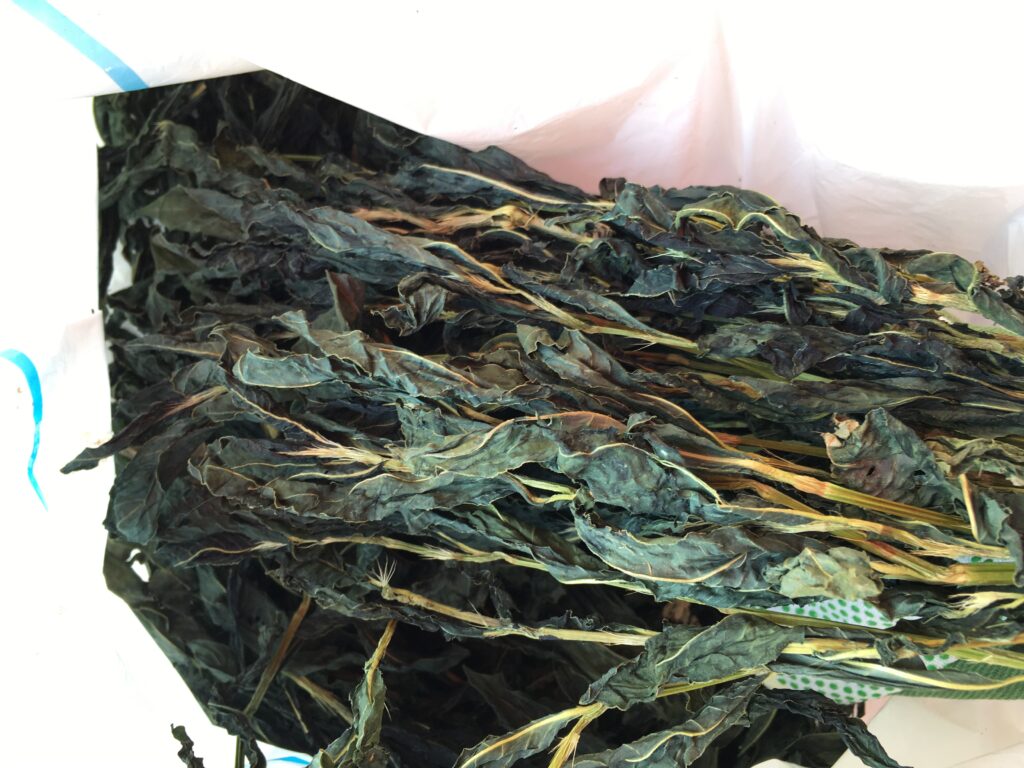
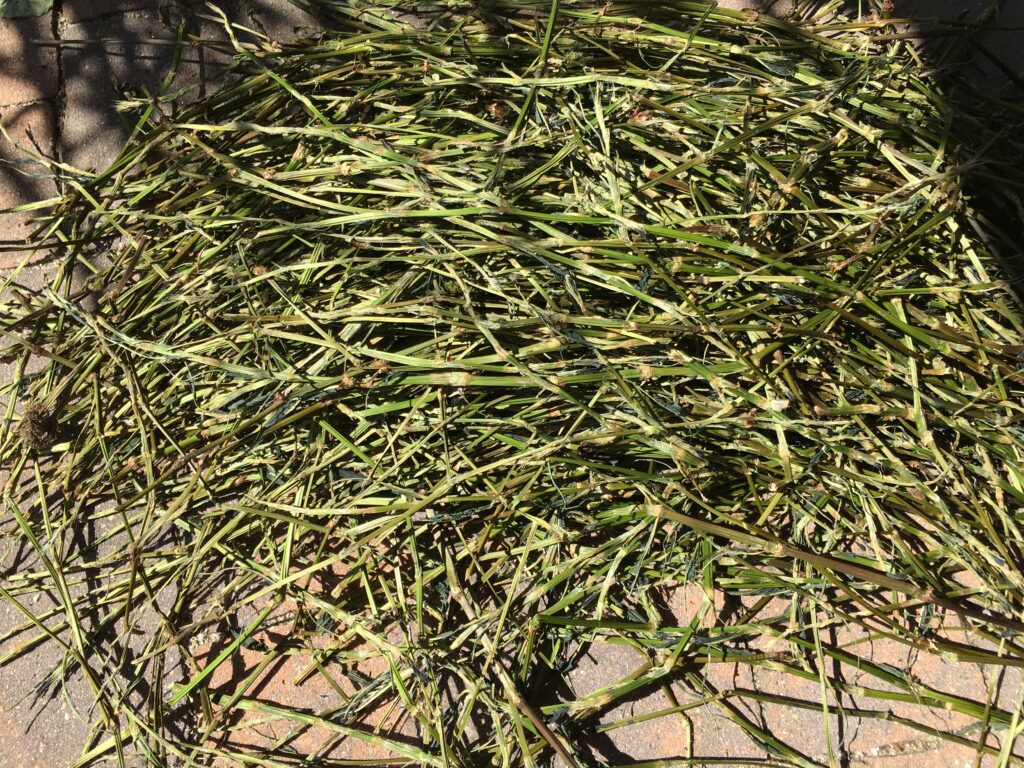
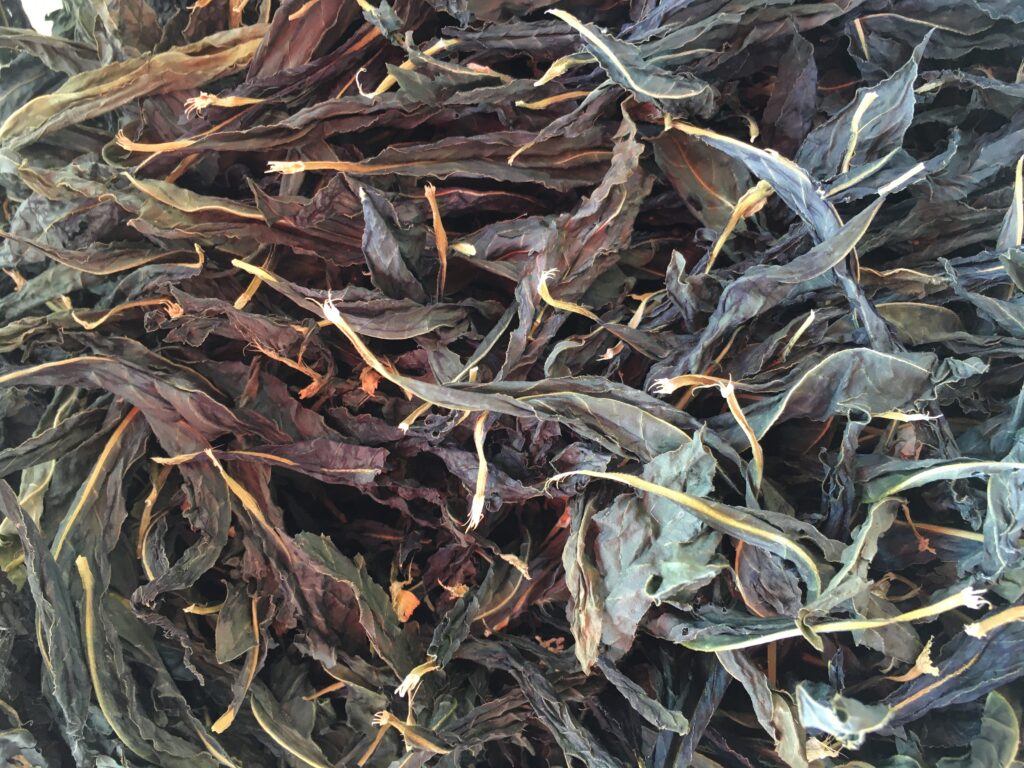
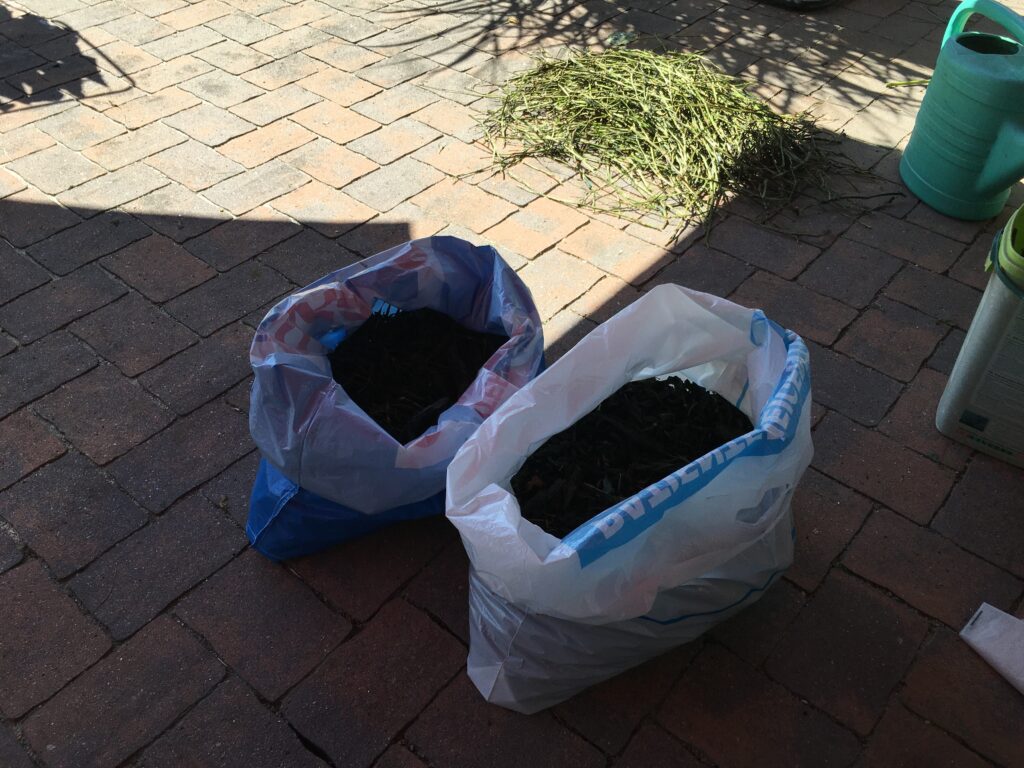
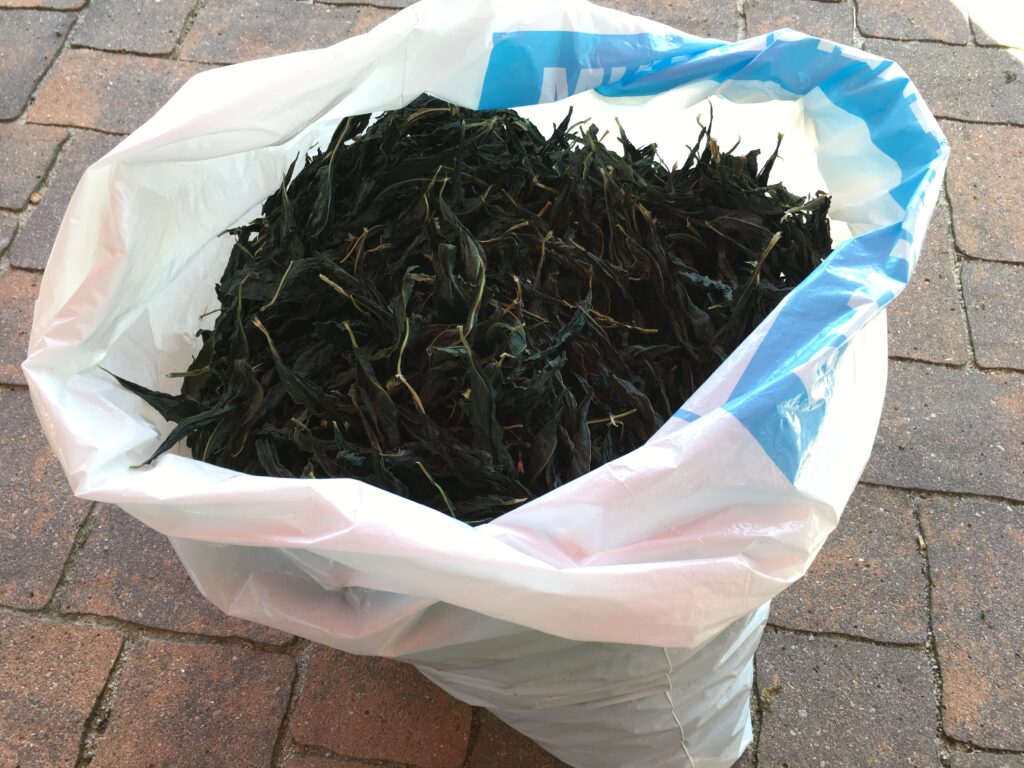
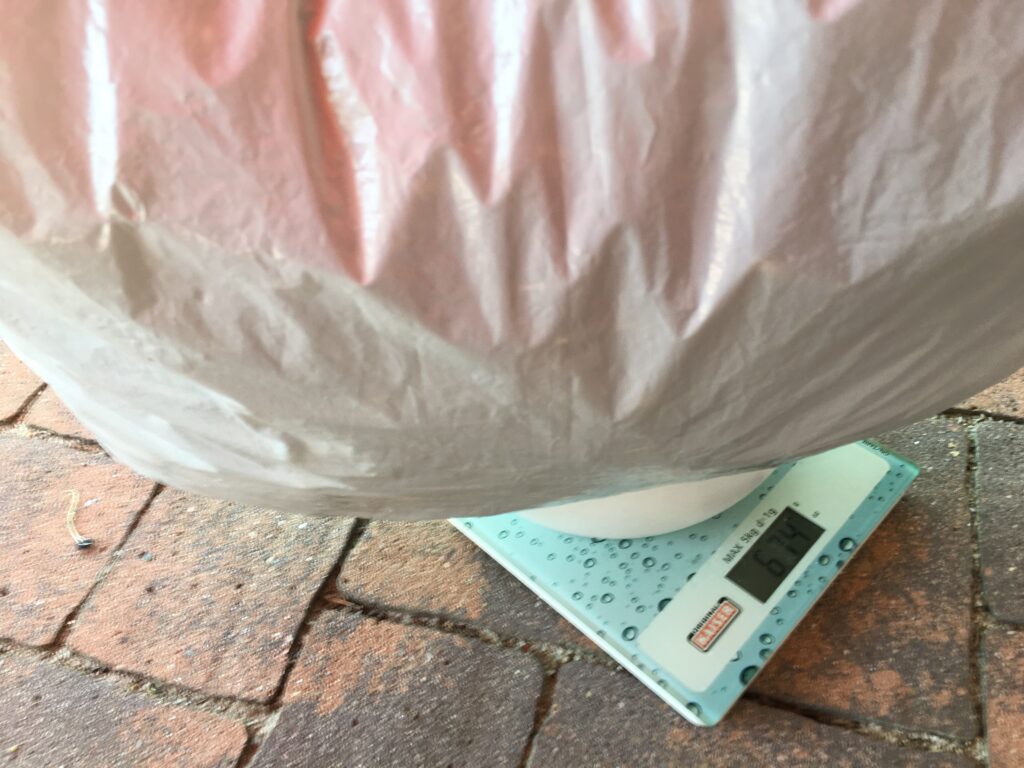
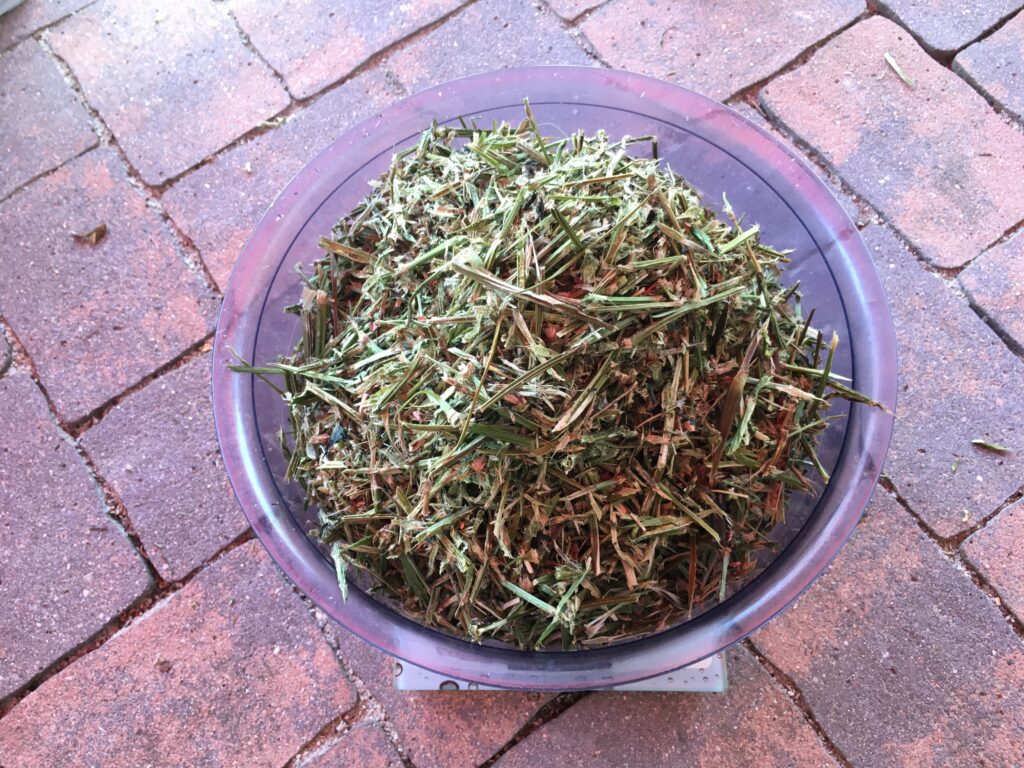
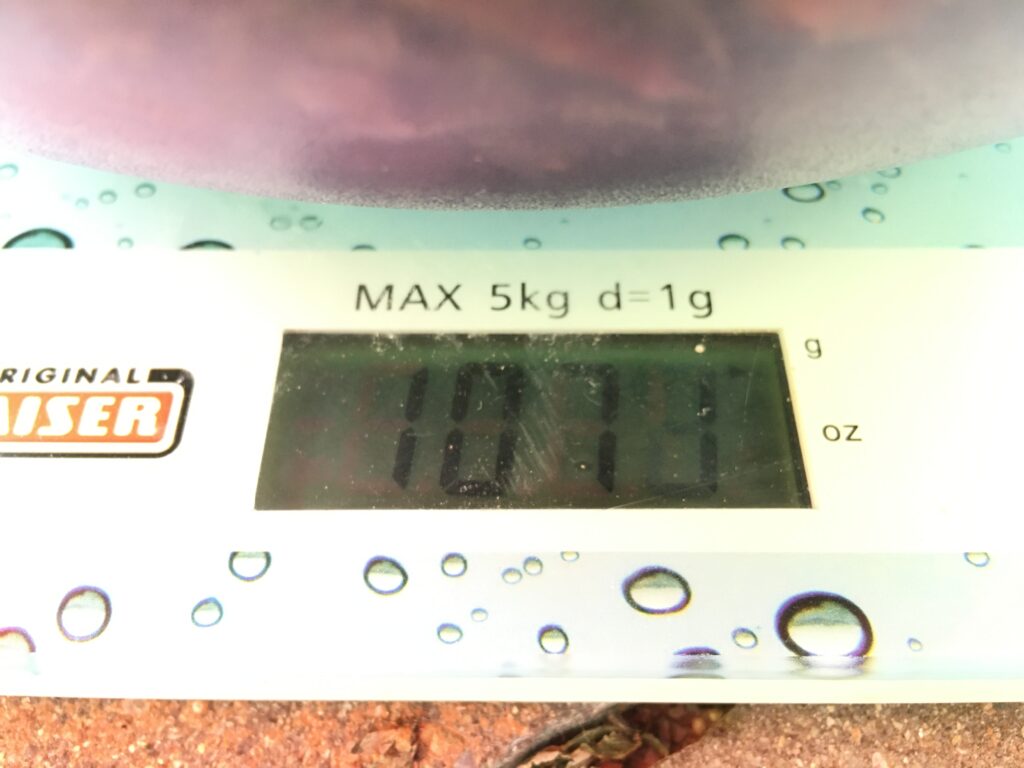
After 2 weeks of drying in the cellar, the plants are fully dried and we separate the leaves from stems. Leaves weigh about 620g, and stems are about 1000g. Normally they do not use stems to make sukumo in Japan as it contains less indigo, but there are such thing as stem indigo (Kuki Ai) exist as the second grade color to color Kendo uniforms. I am thinking of also using stems to try composting them separately.
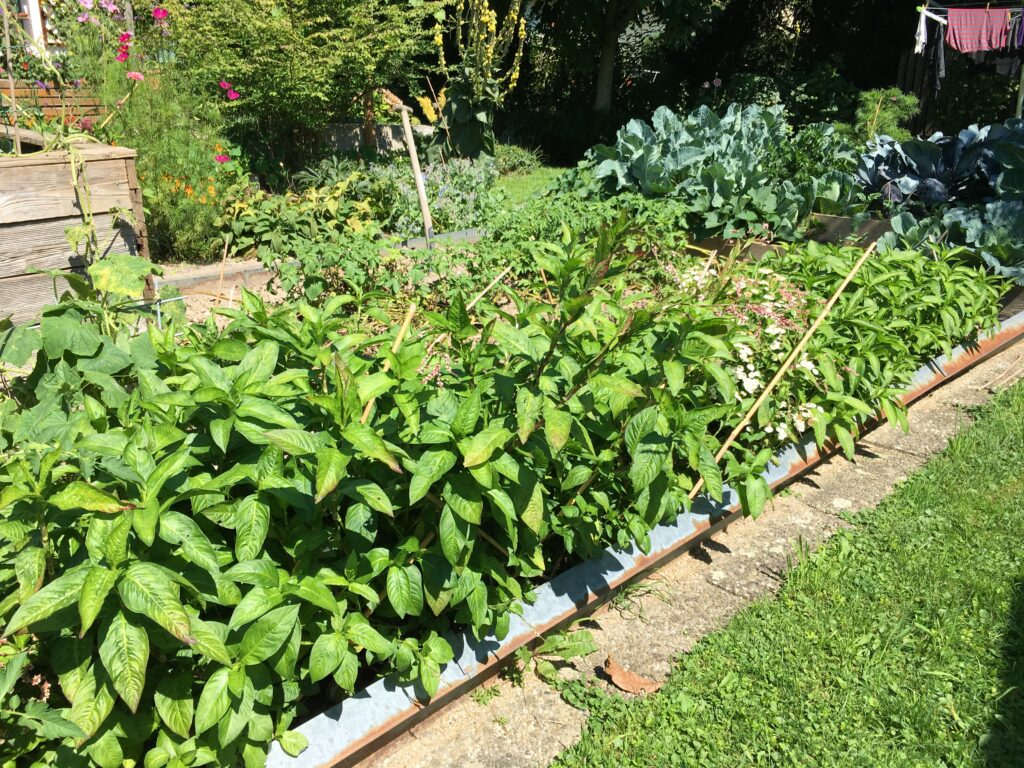
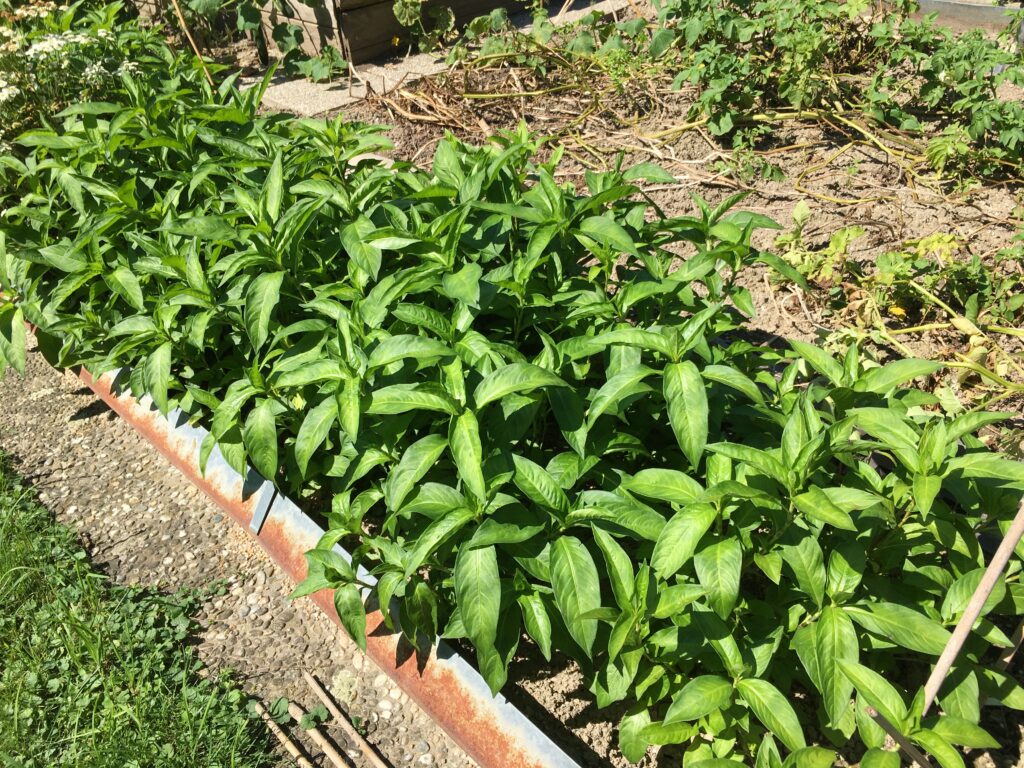
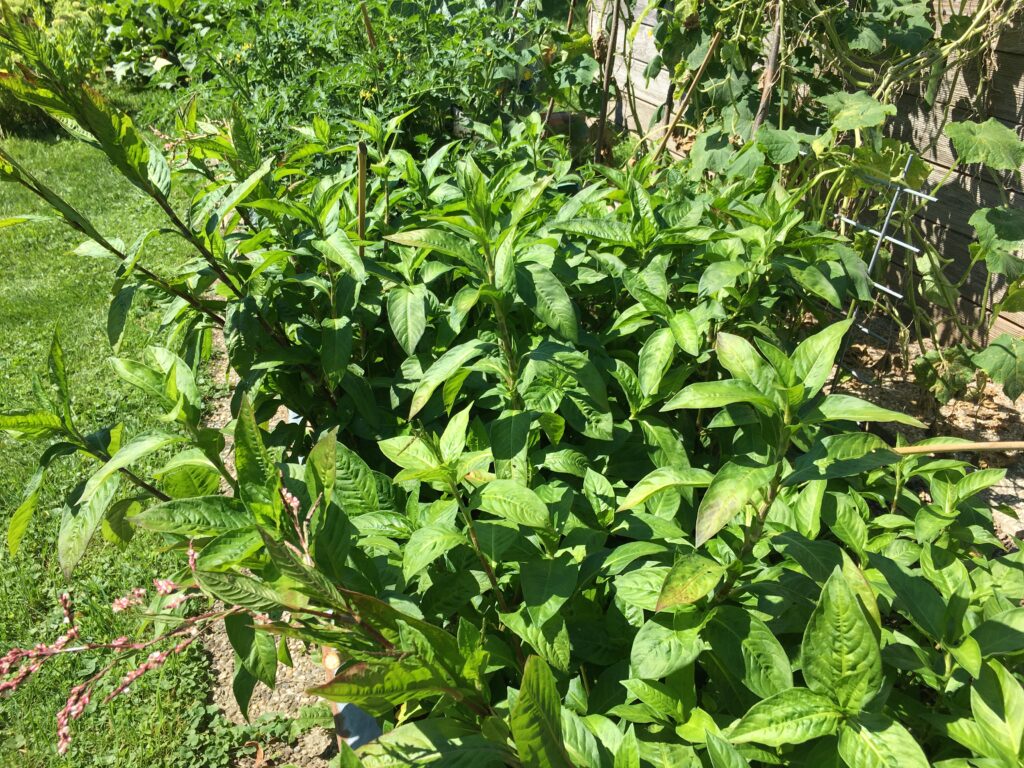
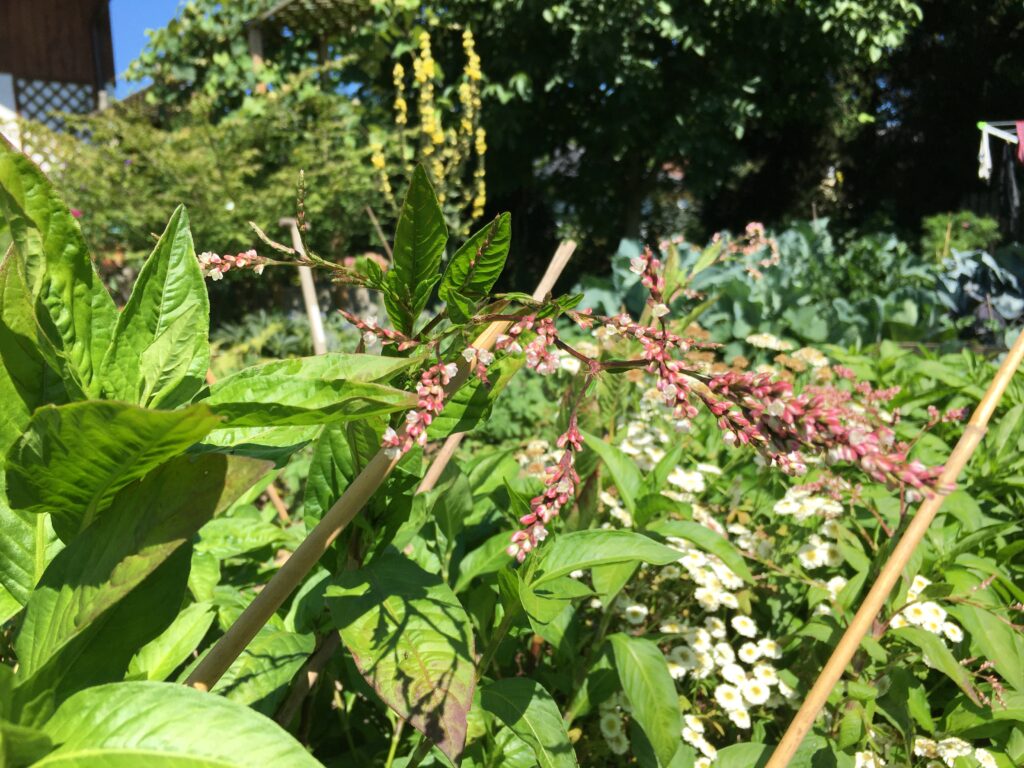
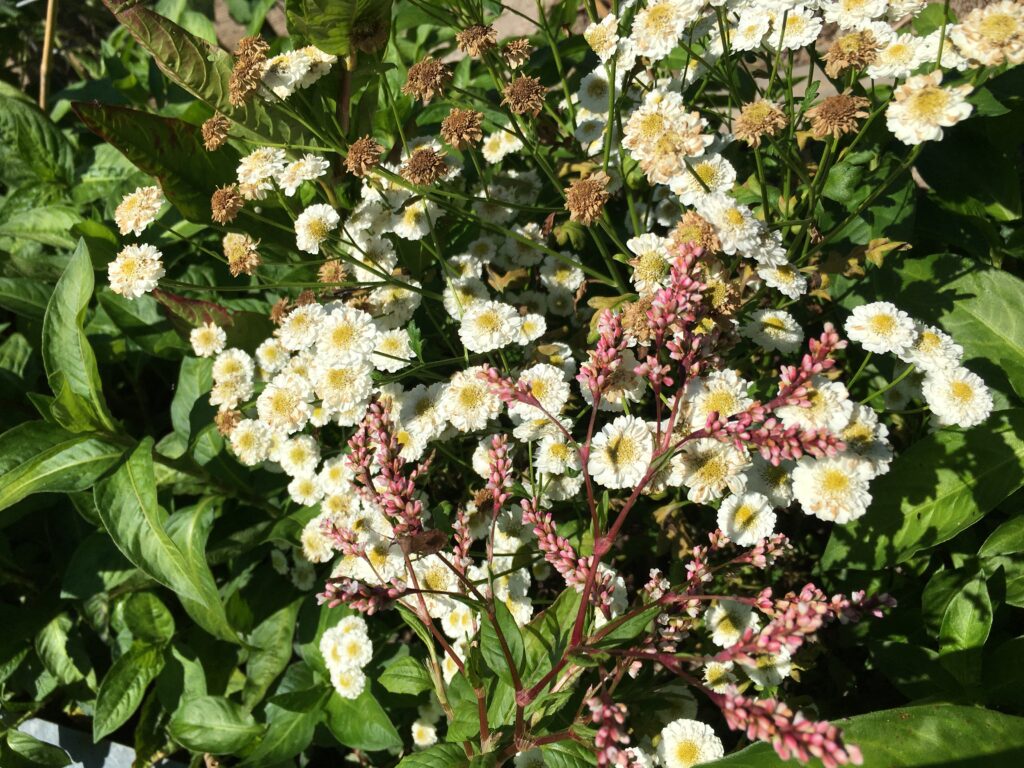
In the mean time, the indigo plants are growing! After the first harvest, it already grew back to ~20cm size. The part I left to flower is already blooming.
Sept 8, 2024
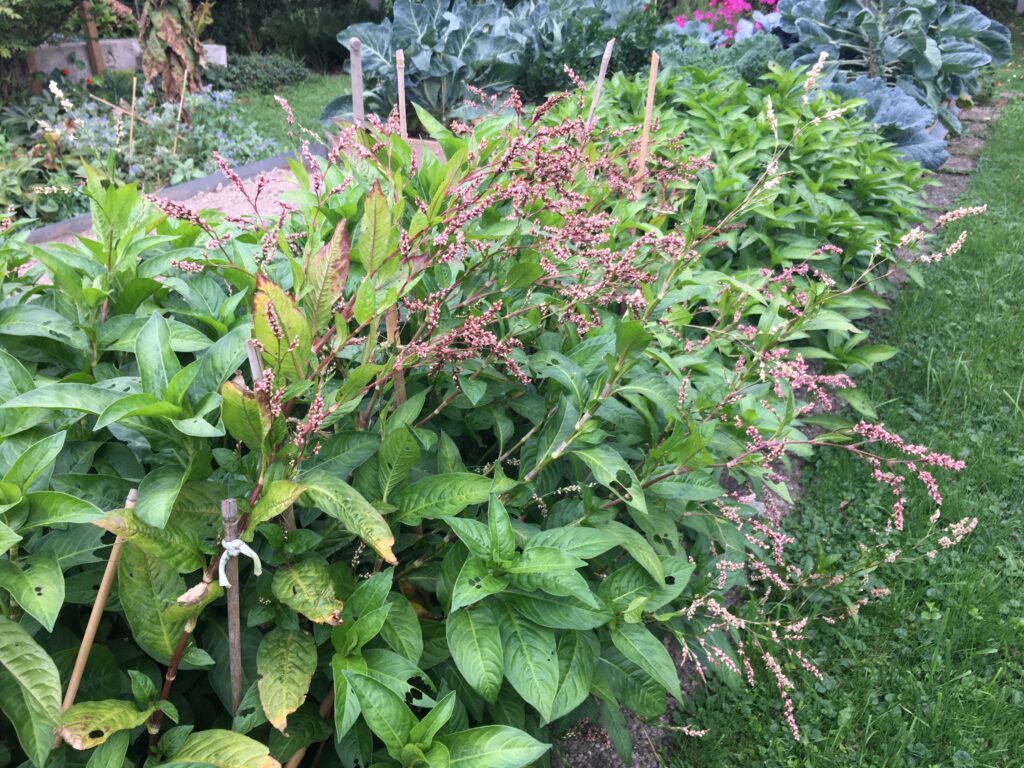
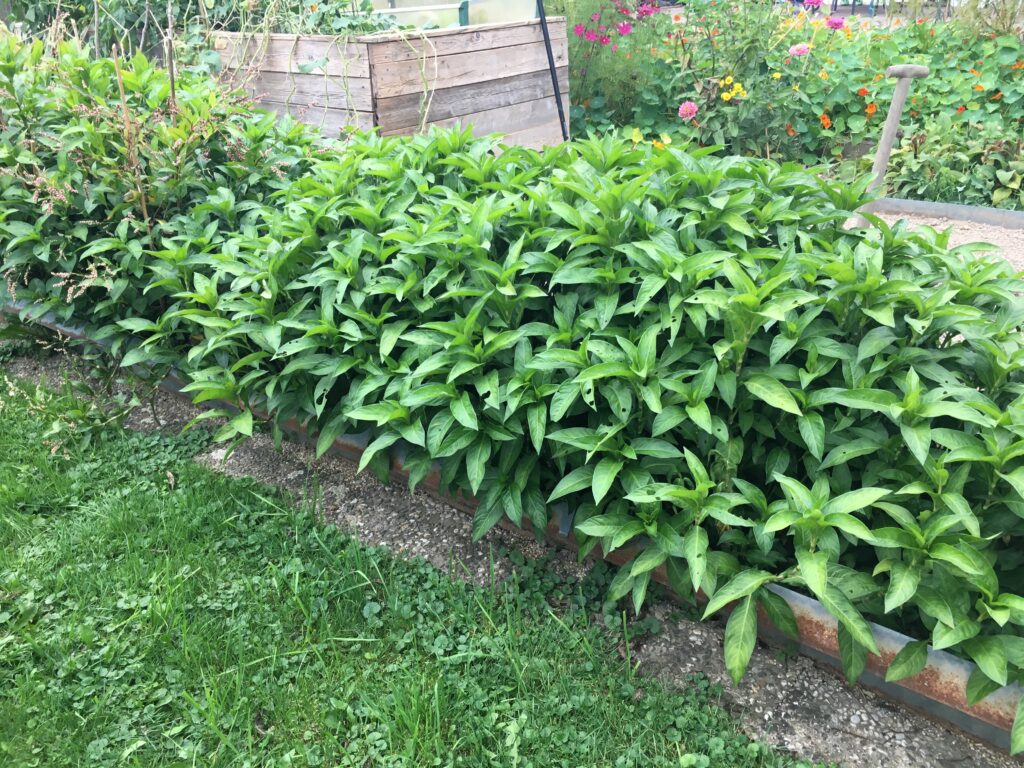
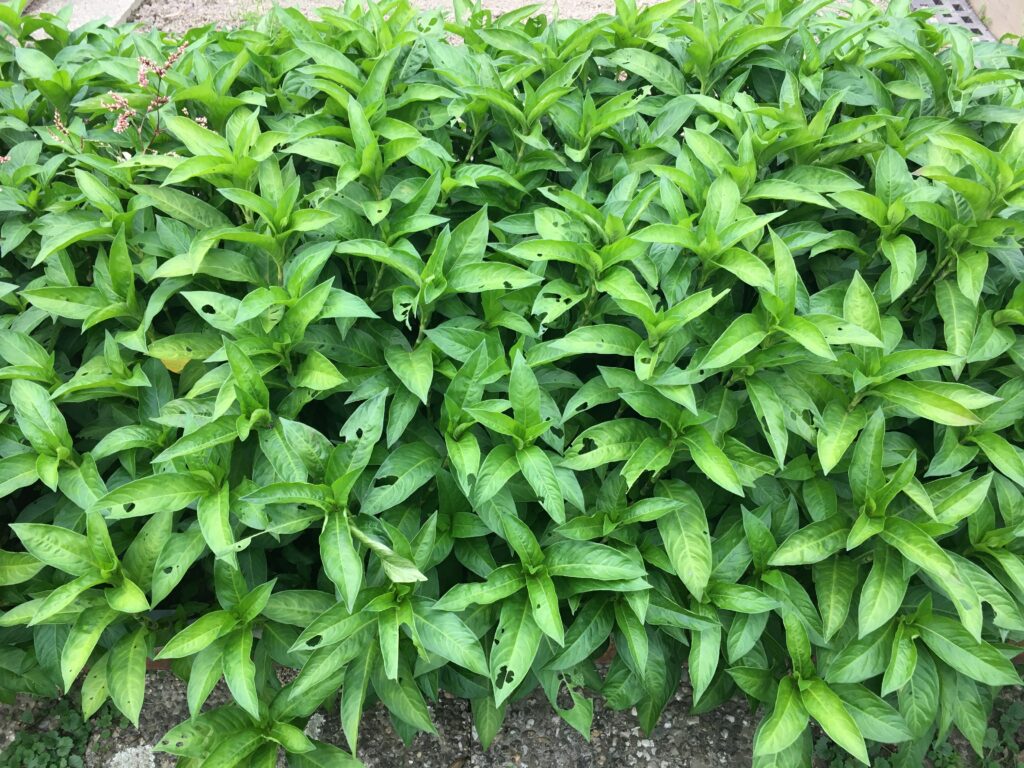
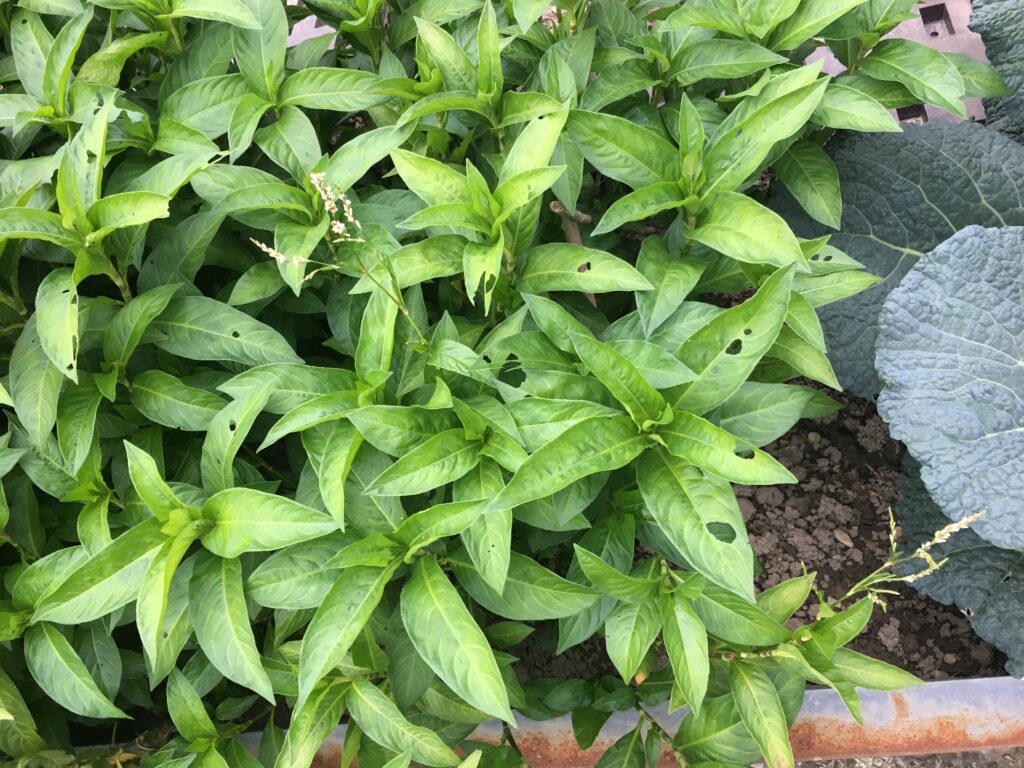
We are back in Salzburg to harvest. in about 6 weeks, It grew back to full size plant again! It is also flowering a lot. I am hoping to get a lot of seeds from these plants. Also surprisingly the leaves are eaten by someone this time. I thought they are not tasty for any animal/insects (deer came by to the garden once and tried it but they rather went for lettuce instead). Maybe some insects developed a taste for indigo?!
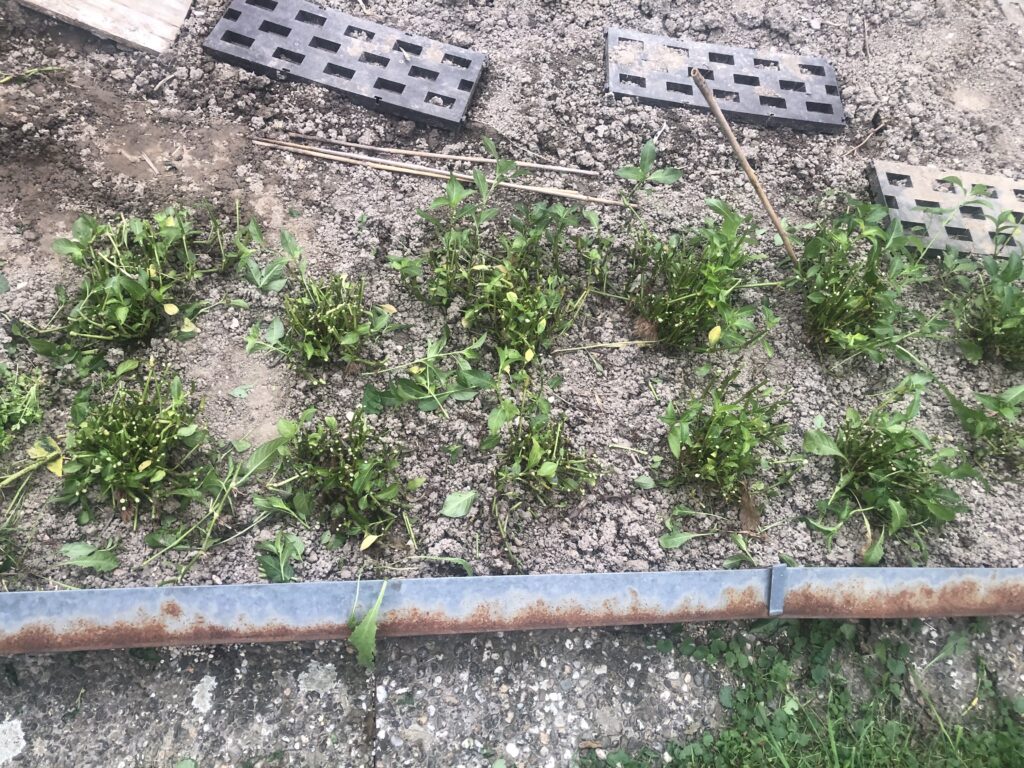
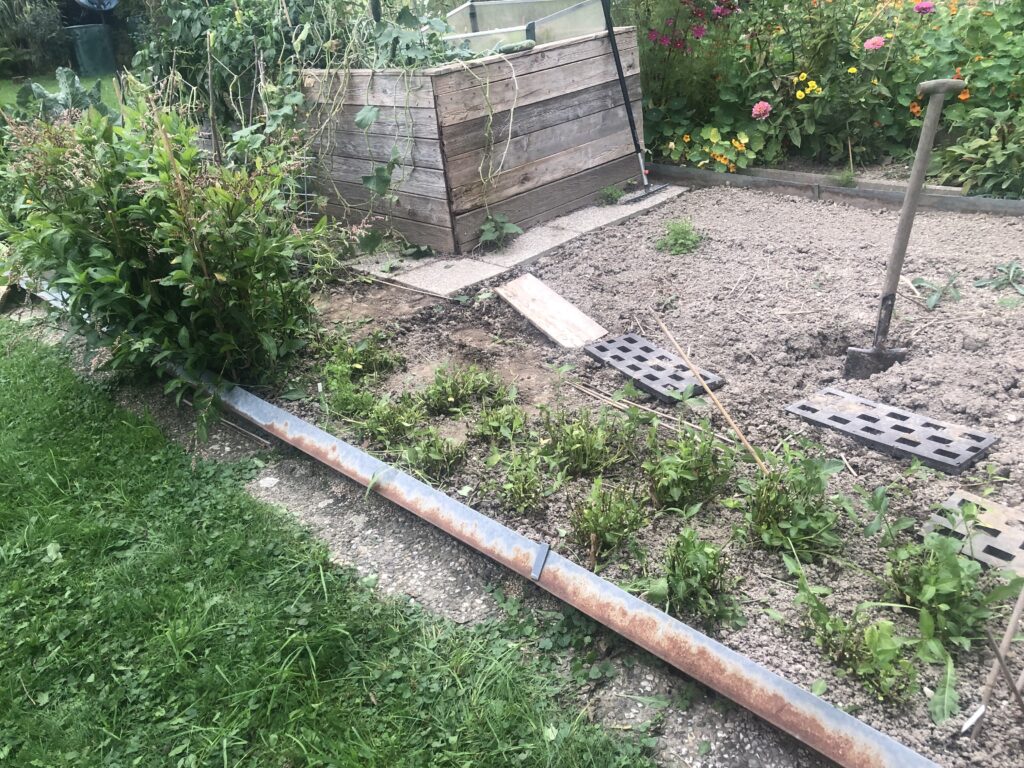
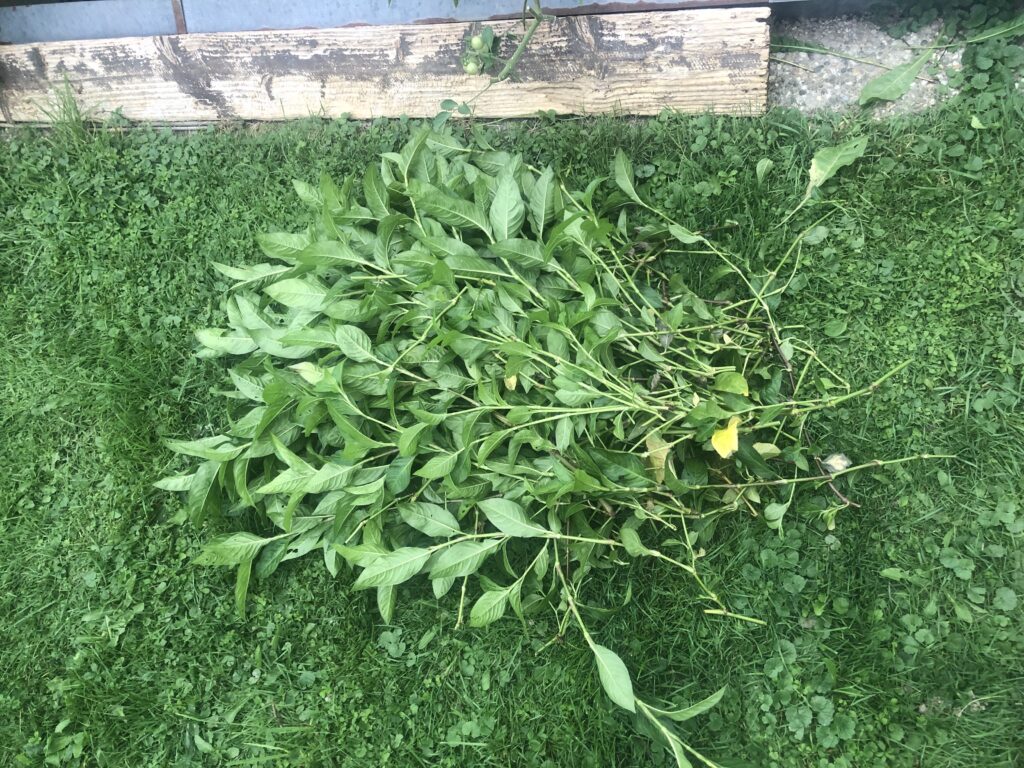
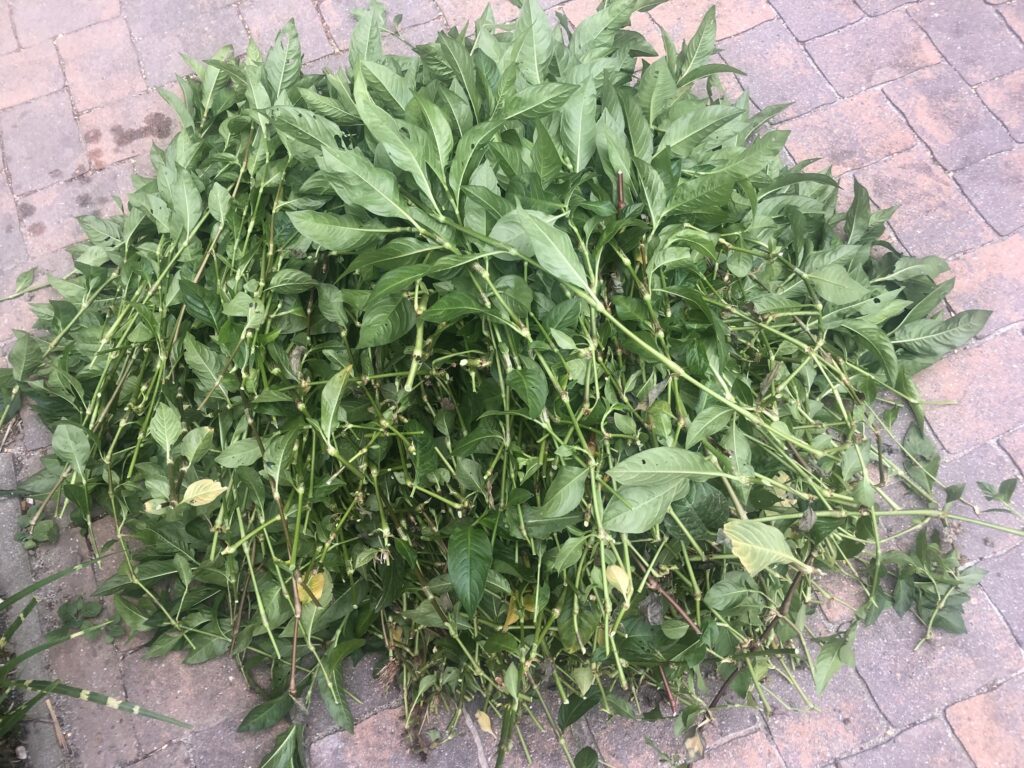
This time, we cut them really short as we do not expect to harvest 3rd time. We left the flowering part uncut for seed harvesting. It is hard to tell from the photo, but it felt like we harvested a lot this time. it was heavy when you carry it around.
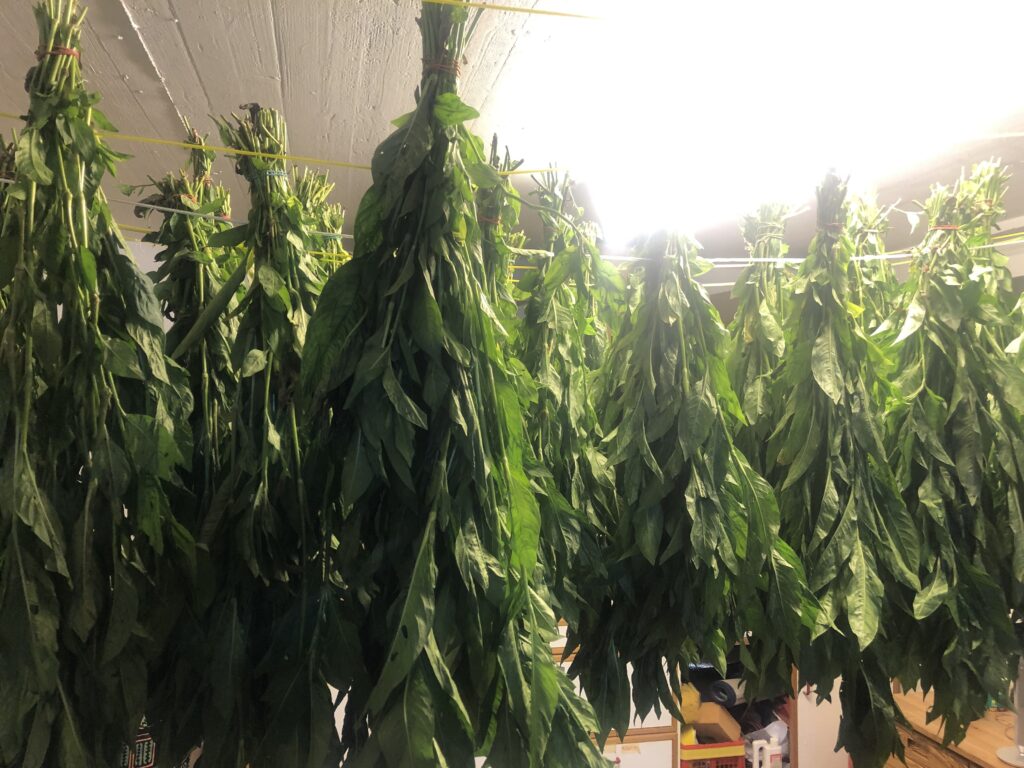
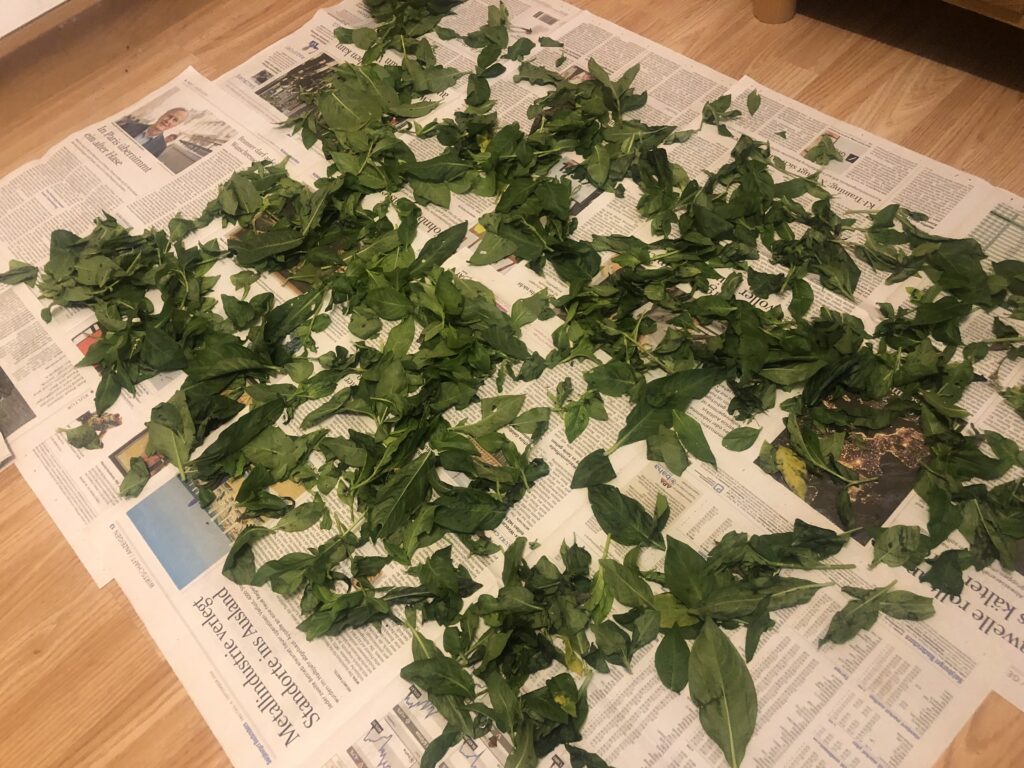
As the weather was predicted to rain the next days, we hang them in the cellar to dry. The leaves that fell out or very short pieces are dried on the ground on newspapers.
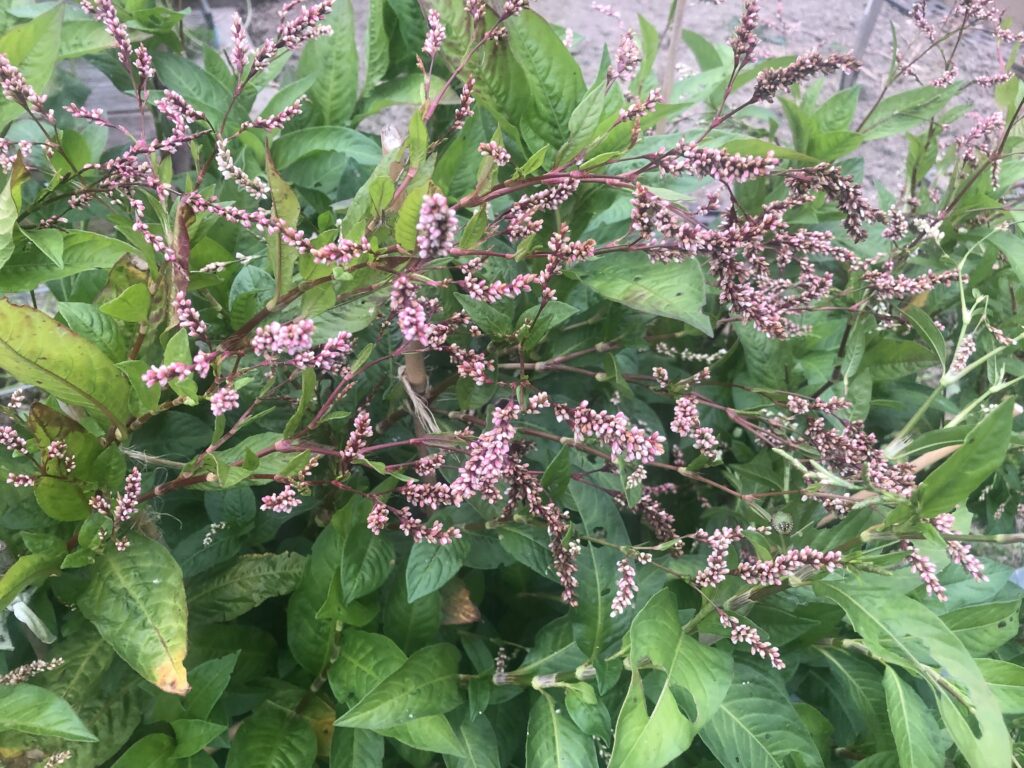
The flower in Salzburg started much earlier than I expected. It is already giving out some seeds. I am not sure when one should collect them… I feel like it should stay on the plant longer, but it is already falling to soil.
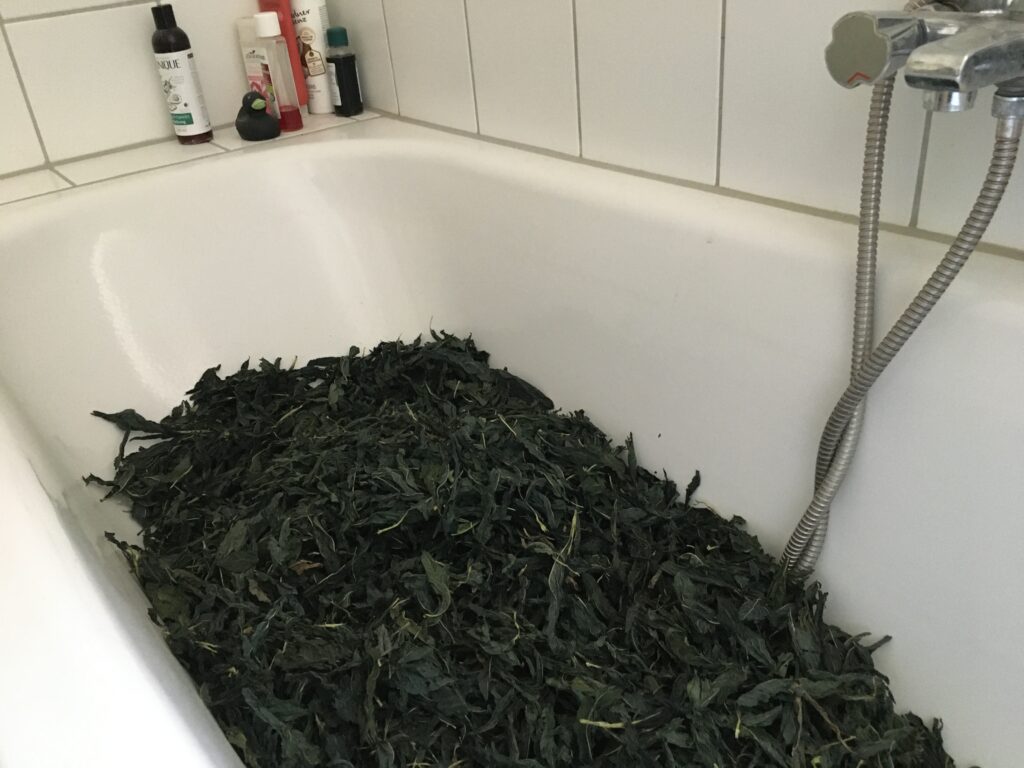
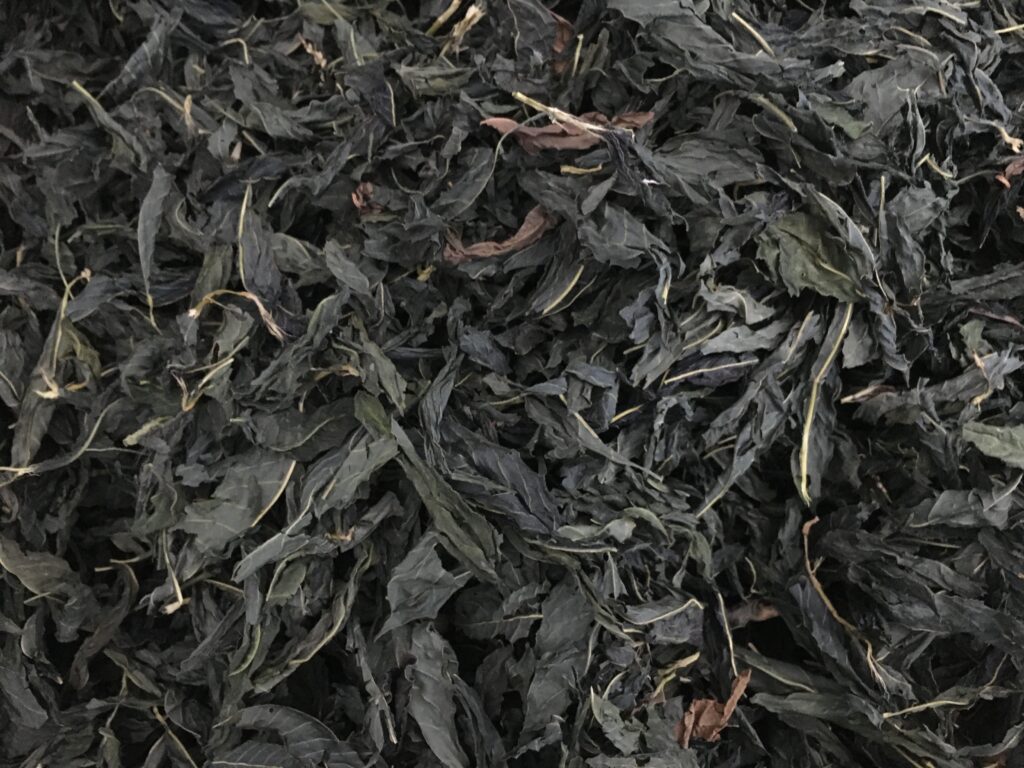
This is already back in Berlin. As the leaves are still half dry as we brought it back, I further dry them on a bath tab. Stems are already separated. BTW, the indigo plants have a quite strong distinctive smell, especially when it is drying. Some finds it nice, some finds it ugly. I was a bit afraid when we are taking trains with them but did not get complains for far…
Overall, I have ~2kg of dry indigo leaves now.
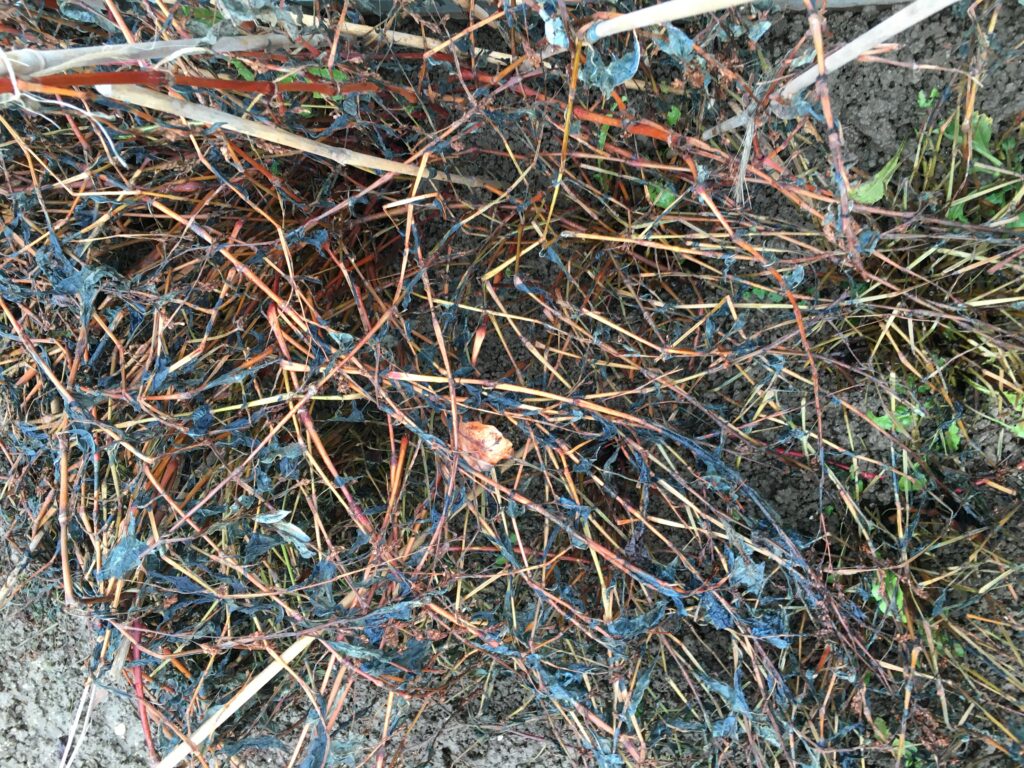
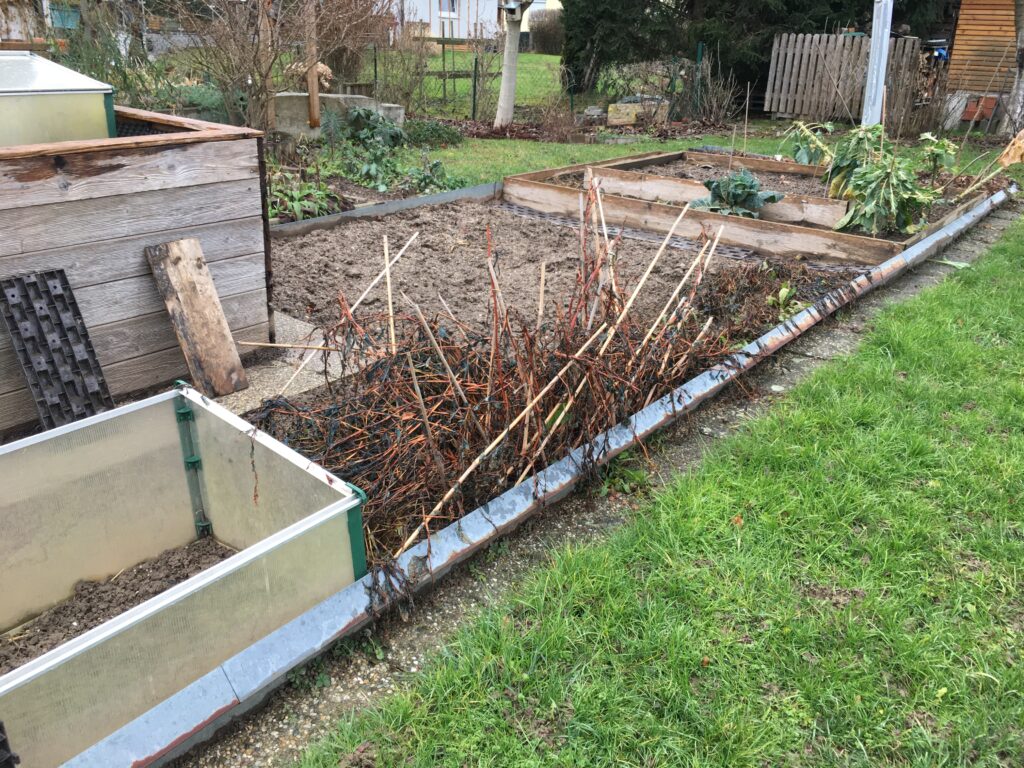
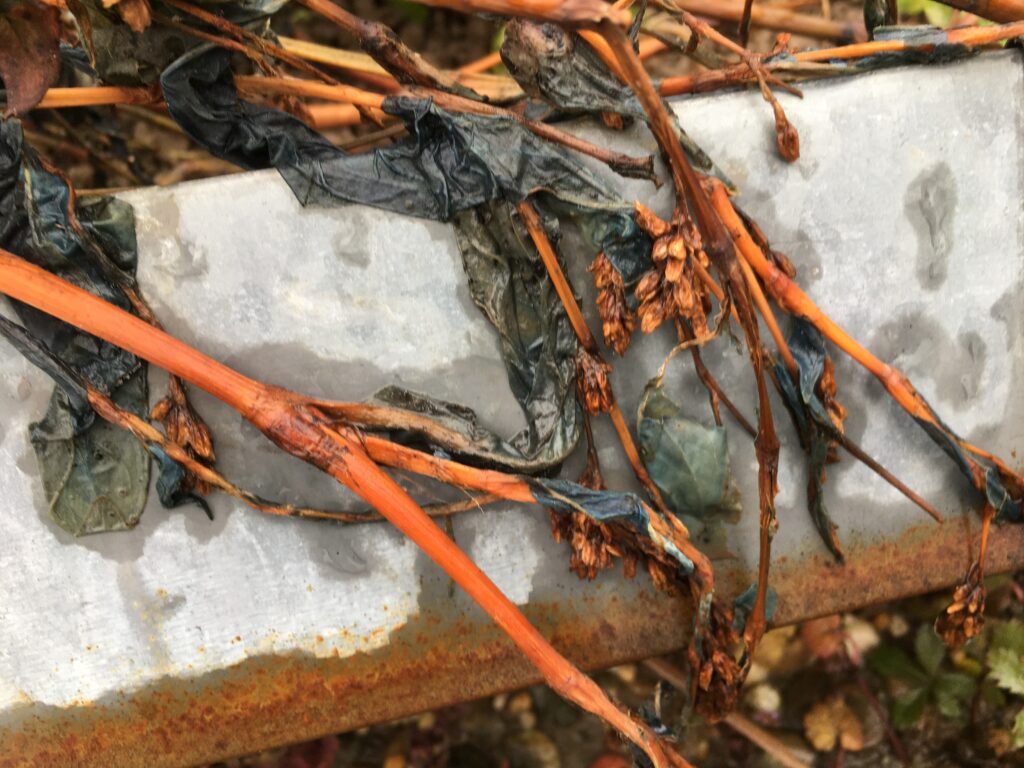
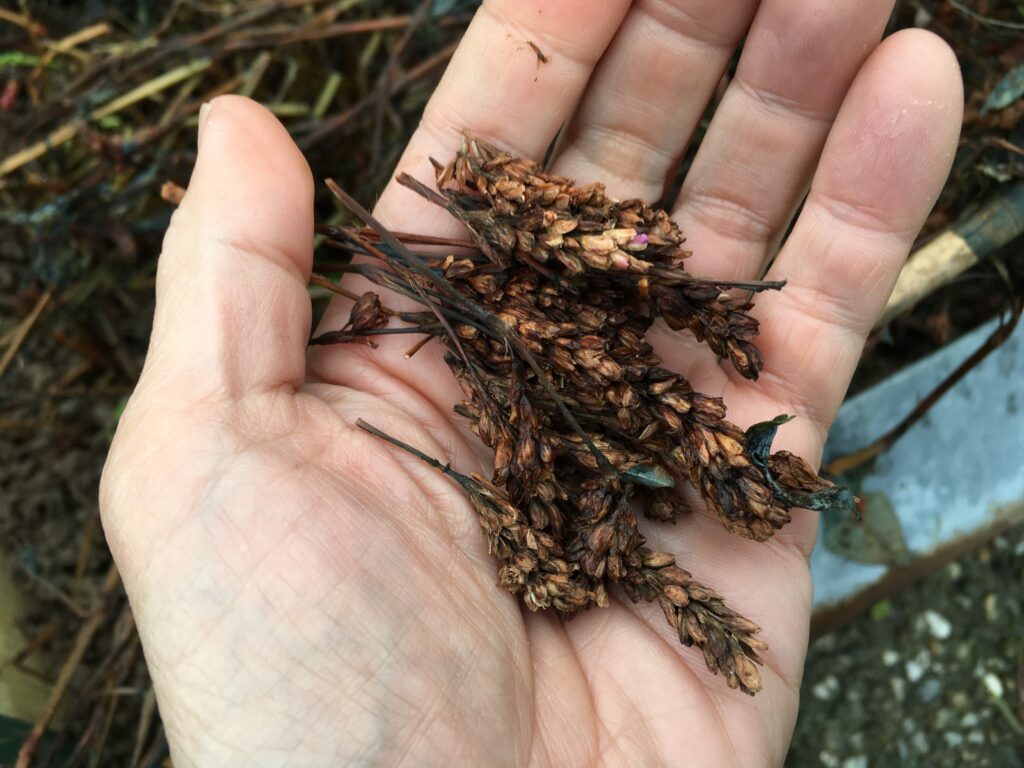
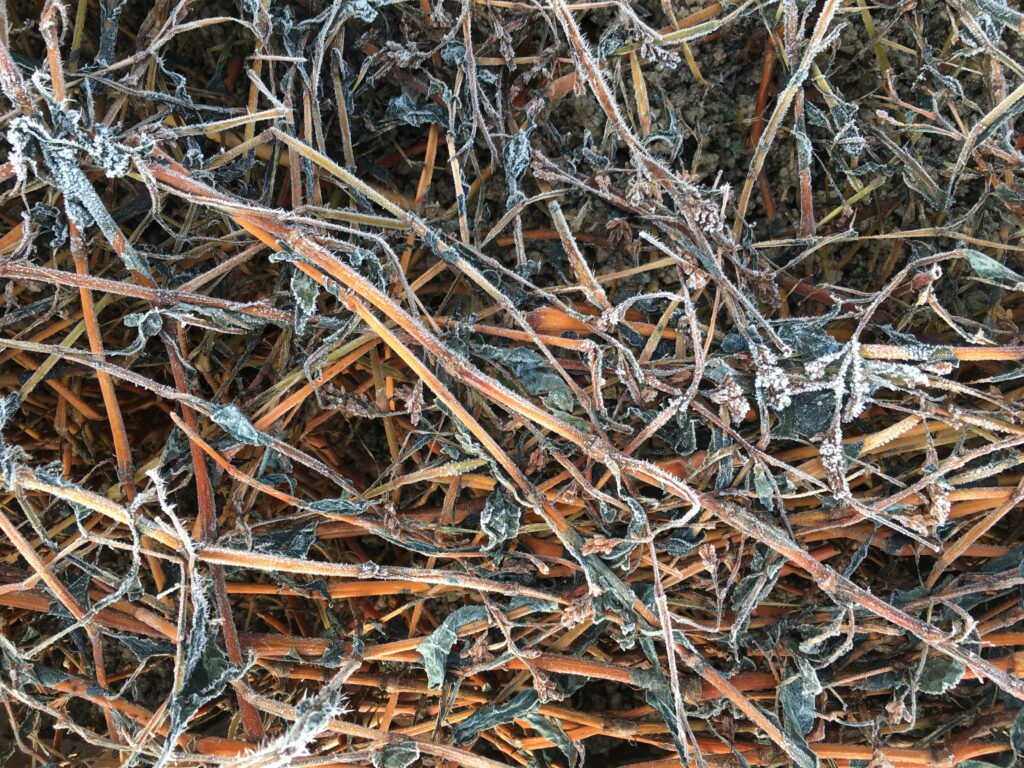
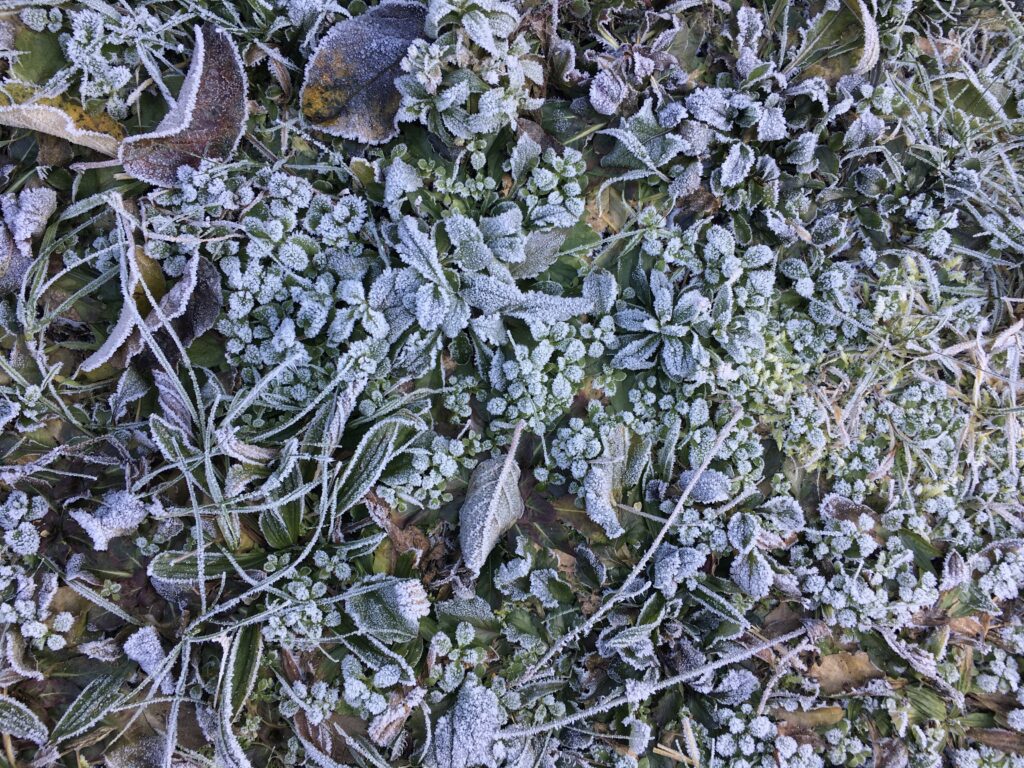
In end of December, we visited Salzburg again. Now all the indigo plants were dead as it already frosted here. I collected some seeds that was still on the plants. Next day, fog and ice came and everything was frosted. It was very beautiful, but I am also happy that I collected seeds before the frost day.
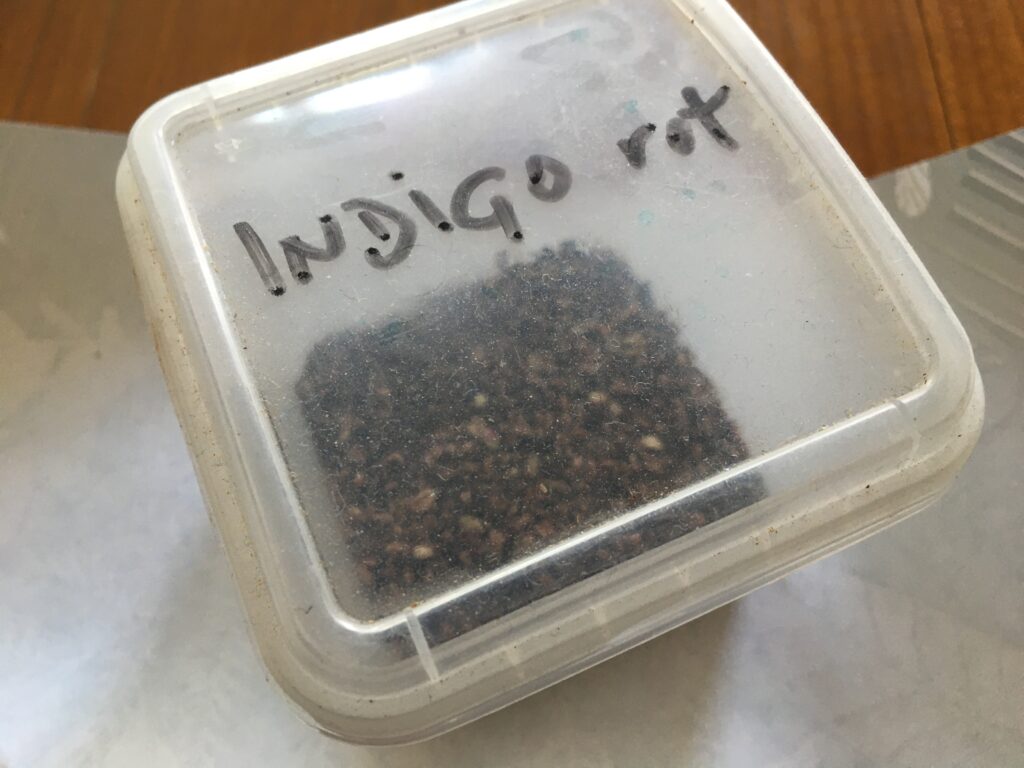
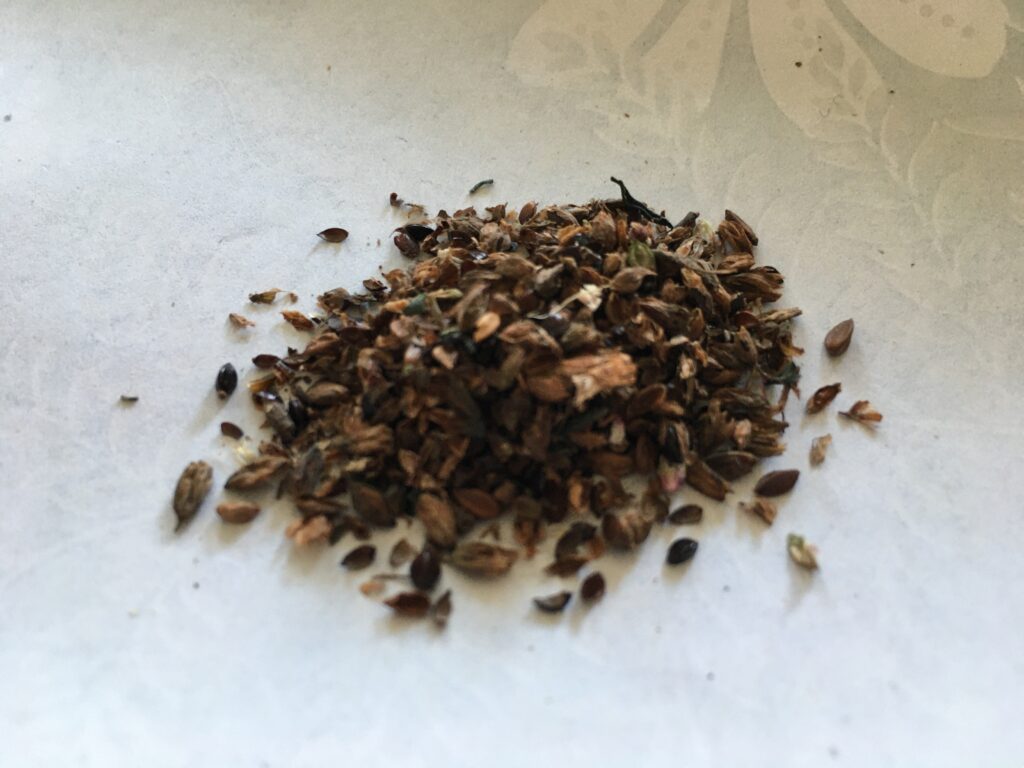
Here are all the seeds I collected from Salzburg. It does not look a lot, but the indigo seeds are very small and 1 plants glows quite big (also on side ways) so hopefully this is enough for the next year growing.